|
This is a revolutionary new way of thinking about style. All of the advice you've received, all of your life, has been about how to dress your body. "If you're petite, avoid long pants. If you're curvy, emphasize your waist. " As far as I can tell, every other style system advises you to dress primarily for your body. But your body isn't what people are mainly looking at. They spend the vast majority of their time looking at your face. And dressing for your body at the expense of your face means you end up looking all wrong. Let me offer you several examples to demonstrate this phenomenon. Here's Ellie Kemper: You might know her from "The Office" or "Unbreakable Kimmy Schmidt." She's adorbs, right? If you're guessing that she has a lot of Gamine and a lot of Ingenue (and maybe some Classic?), I'd agree with you. Those stripes are cute on her. (The palette is a separate issue, but never mind.) Another pic of her looking fantastic: The headband! The bangs! The cardigan! The tiny earrings! The Nancy Drew hair! So, so right for her. So much Gamine and Ingenue. (And maybe some Classic.) Here, tiny ruffles, tiny necklace, yoke emphasis -- so Ingenue, and so good: And here: adorable, face-framing curls, small geometric print, simple, round neckline, high waist -- again, lots of Gamine and Ingenue, very good: Just a few more images of her looking awesome with lots of Gamine and Ingenue (and some Classic): But let's imagine that Ellie Kemper's going to get style advice that considers her body as a significant factor. I don't know if you noticed, but Kemper actually has a super-curvy, very Romantic body.: Most style systems will assign Ellie Kemper a style type that dresses her for her curvy body. But that would be all wrong. See how uncomfortable, how not-herself, this Gamine Ingenue (or Classic-Gamine-Ingenue) looks in Romantic styles: Thank goodness Kemper (or her stylist) usually understand that she needs to dress for her face, not her body. Here, Kemper's waist is obscured and her bust is unemphasized. And it's sooo much better! (Jenna Fischer, also from "The Office," is another example of a woman with a Romantic body but a very youthful face. Like Kemper, Fischer looks all wrong in overtly sexy clothes. By contrast, Mindy Kaling of "The Office" has quite a bit of Gamine, like Kemper and Fischer do -- but she also has enough sexy Romantic in her face to totally pull off figure-emphasizing clothes. ) "If you got it, flaunt it" is not a thing. Let it go. Only emphasize your curvy body if it also harmonizes with your face. Dress for your face. Other celebrity examples of dressing primarily for one's face, not one's body:
A rather Ingenue face (tiny chin, high forehead, big eyes.) Is she better in Ingenue or Natural? Ingenue bows, ruffles, puff sleeves, cap sleeves, high waist, feminine hair, midi length skirt: so good. Natural t-shirts, layers, separates, shaggy hair, undefined neckline, geometric shapes -- not great. Jane Krakowski is lovelier when she dresses her face, not her body. I'm not saying to totally disregard your body. There are individual tweaks your body may call for that are consistent with a style your face doesn't manifest. For example, Jane Krakowski is flattered by open necklines; they elongate her rather short neck. That's consistent with Natural, not with Ingenue. But her open necklines are best when they're adorned with ruffles or bows. True Natural necklines are wrong for her. 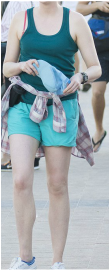 extremely tall, mostly Dramatic body. Christie is so tall -- 6'3" -- and relatively narrow, most style systems would require her to dress as a Dramatic, or a Dramatic/Natural blend. But that's really wrong for her. Mostly Dramatic, and so not great: Much more feminine, and so much better for her: Even more celebrity examples:
To sum up: 1. Identify your style identity based primarily on your face. 2. Make a few tweaks in the direction of a different style identity if you know your body calls for it. Dress for your face!
110 Comments
For several years, my readers have been asking for makeup guides for each of the 63 style types. I started doing the research necessary to create these guides in 2017, and I'm finally done! Your makeup's color palette comes from your color season. But two women with the same color season won't apply makeup the same way to look their most beautiful. Have you ever wondered why certain makeup trends -- a matte lip, a cat eye, contoured cheeks -- just don't work for you, even when you know that the colors you're using harmonize with your skin? The reason is that the lines of your face, which determine your style type, harmonize with certain makeup looks and not others. Not everyone looks harmonious with fuller lips. Not everyone looks harmonious with contoured cheekbones. Not everyone looks harmonious with a smoky eye. Not everyone looks harmonious with delicate, plucked brows. Here are two pics of me in two different makeup looks. In both pics, I'm wearing Soft Autumn colors. But I think you'll agree that I'm lovelier in the pic on the right than the pic on the left. My style type is Ethereal Natural, and the pic on the right shows me in an Ethereal Natural makeup look. The pic on the left is a look with elements of Classic, Romantic, and Dramatic -- all essences that are unimportant for me. On the right, my skin finish is less powdery and matte, my eyebrows are less intense, I'm not wearing foundation, my makeup's overall level of contrast is lower, and my overall impression is less made-up. These are all features of an Ethereal Natural makeup look. Now, if I were a Romantic-Dramatic-Classic, chances are I would look gorgeous in a more matte, more made-up, higher-contrast look. Angelina Jolie is a Romantic-Dramatic-Classic, and that kind of makeup look is gorgeous for her: It's interesting to note that Jolie and I both have the same Soft Autumn color palette. Yet because the geometry of her face is Romantic, Dramatic, and Classic, her best makeup look is much more sexy, intense, and traditionally feminine than mine. My best makeup look combines Natural's no-makeup aesthetic with Ethereal's lightness and delicacy. The makeup guides are about 30 pages long. Here's what each guide includes:
Since I expect a high volume of initial orders, please allow UP TO A WEEK for your makeup guide to be delivered by email. All guides will eventually be instant downloads; at that point, you won't have to wait. :-) Scarlett Johansson, Renee Zellweger, Cynthia Erivo, Florence Pugh -- what did you think of their Oscar looks? Here, I share my thoughts about their color and style choices. I didn't even think about separates before I knew my style type. But how you put separates together actually has a big effect on the impression you make. Romantics, Ethereals, Classic, and Dramatics are each best in a head-to-toe look. If you think about it, this makes sense, because all four of these types are formal and grown-up in their own way: the Romantic is mature womanly sexiness, the Classic is a "ladylike" adult woman, the Dramatic is a powerful ruler, and the Ethereal is an immortal being. None of these pure types is youthful or casual enough to look her best in an obvious use of separates.
Another easy way to do a head-to-toe look is to just wear a dress. Ethereals, Romantics, and Classics have a lot of great dress options.
Speaking of which: the message a Natural sends with her use of separates is, "I own nothing but separates, and I basically just throw them together because that's how confident I am, but the effect is never weird, because I can't be bothered to put in enough effort to make it deliberately weird, because that's how casual I am."
A Gamine's use of separates says, "I deliberately combine separates no one else would dare to put together, because that's how fun and quirky I am. I want you to notice!"
If you're a blend of two or three types, as most women are, and you manifest Natural, Gamine, or Ingenue through your use of separates, you'll want to lean a bit more heavily on your other essence (or two) to balance the effect. So, for example, A Natural-Classic-Ingenue combining separates in a casual, Natural way would take extra care to bring in Classic and Ingenue in other aspects of her look. If you're not sure of your style type, try the Style ID Calculator! A reader writes, "Your guides have been incredibly helpful to me. However, there is one part of your guides that confuses me. What exactly does it mean for a piece of clothing to be "constructed" or "unconstructed"?" Great question! Constructed garments have a defined shape that's not simply the shape of the body underneath the garment. You can't easily ball up a constructed garment in your hand; it wants to hold a shape. The way a garment is sewn can give it a defined shape. This is easier with heavy, stiff, or crisp fabrics. Manufacturers also use lining, padding or interfacing to make garments have a defined shape. Dramatics and Gamines are flattered by sharp-cornered squares and rectangles. These aren't the shapes of the human body, so Dramatics and Gamines usually need constructed garments to create those shapes.
Romantics, Ethereals, and Naturals all look their best in unconstructed clothes. For Romantics, this means sexy draping that appears to hug the body. For Ethereals, this looks like floaty, trailing garments that seem about to take flight. For Naturals, this looks like garments that are supremely comfortable and unfussy.
It's not as easy to find constructed clothes as it was 100 years ago. As a society, we've all mostly agreed to dress like Naturals most of the time. Which is great for us Naturals, but a challenge for everyone else. Garments that are tailored into defined shapes are usually more expensive than unconstructed garments, because that kind of sewing is labor-intensive. If your style type calls for construction, you may choose to spend the money on those more expensive items. You might also save some money by focusing on clothes that are stiff not because of their tailoring but because they're made from stiffer fabrics. If you're willing to buy second-hand, you'll find that a lot of vintage clothes are more structured than what you typically see in stores today. Also, consider using spray starch to give your garments more stiffness! You don't hear much about it these days, because fashion is mostly so unconstructed, but clothing starch is still a thing. Here are hairstyle ideas for the two-identity blends. For each blend, the suggestions are jumping-off points. Use them as inspirations. If you're a blend of three identities, try combining suggestions from the different two-ID blends that apply to you. For example, if you're a Romantic-Ethereal-Natural, take a look at suggestions for Romantic Ethereal, Romantic Natural, and Ethereal Natural. Don't know your style identity? Try the Style ID Calculator! 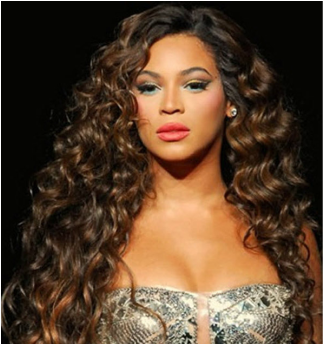 Romantic Ethereal: Aphrodite Try: Soft & flowing. Asymmetry. Fullness and height at the crown. Long, luscious and full. Side parts. Low side pull-backs. Touchable curls or waves. Soft, sexy updos with lots of free curls.
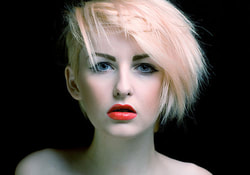 Ethereal Gamine: The Sprite. Try: Spunky, diaphanous, floaty, boyish, tousled. Short and wispy. Choppy waves. Cute or witty "period" looks. Playful, unexpected braids.
This post first appeared in January of 2016. Stripes can be Natural. They're especially likely to be Natural if they are irregular, or various in size, or if they read as relaxed, not aggressive. Vertical stripes, which elongate the vertical line, are usually better than horizontal stripes (which are good for Gamines.) Checks and plaids can be Natural if they read as something you would find on a fleece -- they should look farmer-ish, not preppy. (Preppy plaids are Classic.) Large, stylized, somewhat abstract nature motifs read as Natural, as long as they're not aggressive-looking (which would add Dramatic) or neatly repeating (which would add Classic). Nature prints that are more photorealistic read as Gamine or Ingenue. (The youthful essences get more literal images.) Nature prints that feature flowers will automatically bring in Romantic (if they're larger and stylized) or Ingenue (if they're smaller and more realistic.) Paisleys are often Natural, because they're stylized nature motifs that read as a little "tribal" (which is a word I don't love; what's a better word?) A paisley that's very tiny or very detailed is less likely to read as Natural. Prints with abstract geometrics that seem to be randomly distributed and are largeish in size can be Natural. Go for blunt-edged geometrics; sharp-edged geomtrics will read as Dramatic (if they're large) or Gamine (if they're small.) Prints you find in textiles of indigenous peoples are often Natural. Again, the print is more likely to read as Natural if it's large and not incredibly detailed. A Natural print will not fee aggressive or high-energy. A print or pattern, by itself, adds a lot of detail to a look. And Natural style calls for a very low level of detail. So if you're a pure Natural and you're going for a print, keep your silhouette and garments extra simple, and your other details very, very plain.
Women who are pure Natural and Natural blends, what prints and patterns have you found work for you? If you're not sure of your style type, try the Style Identity Calculator or consider a Virtual Analysis. Almost a decade ago, just before the beginning of the new school year (I teach, as many of you know), I went to the mall with my credit card and spent several hundred dollars on new clothes. This was a carefully considered decision. It had been years since I'd bought myself actual new clothes. And I had calculated that I would be able to pay off the balance plus interest over the next 12 months. In the years prior to that shopping trip, I had bought and thrown away a lot of thrift-store clothes. I felt unable to make myself look beautiful, and I knew I was wasting money. I thought if I spent some serious money on really nice clothes, I'd feel and look different. I'm a grown-up and a professional, I told myself. It's not unreasonable for me to make a financial investment in my wardrobe. I was right about that last idea, I think; it makes sense to spend money on clothes you know you'll be wearing for years. Yet I don't own any of those clothes anymore. The reason for that, as you may have guessed, is that I had a style analysis not long after that shopping trip, and discovered that most of the expensive shopping-trip clothes were wrong for me. I had chosen mostly Classic and/or Dramatic pieces -- very stiff, structured, sharp-edged items. I think on some level I believed that the dignity of the clothes would automatically elevate the impression I made. Yet my style analysis revealed that Ethereal and Natural garments, which are completely unstructured, were actually more dignified for me. They made my somewhat otherworldly and somewhat rough-hewn features read as noble and magical. In Dramatic and Classic lines, by contrast, my face looked a bit coarse and a bit weird... like, out of place. (You don't put Mother Earth in a suit, right?) I was able to return, resell, repurpose, or gift most of the brand-new clothes, thank goodness. My style analysis cost $350. That's a fraction of what I spent on the wardrobe that was all wrong for me. And that's more than I've spent on any shopping trip for myself in the years since then. In fact, I rarely shop for clothes these days. Many of the items in my current wardrobe are several years old; when I find an Ethereal Natural garment, I keep it until it wears out, because it works for me every time I put it on. For example, I'm on my third pair of these sandals: They last about two years. (Thin soles!) I wear them all summer. When they wear out, I order another pair. I've had this skirt, in off-white, for about six years. (I used scissors to cut off the highest ruffles, the ones at the hip -- I needed a narrower silhouette.) Most of the clothes currently in my wardrobe are thrift store finds. Knowing my style ID means I zoom in on the items that will work for me, and ignore everything else, so shopping is a fast and easy process. It also means that I look better, now, in a shirt I paid seven dollars for, than I looked in anything I bought before I knew my style ID. I spend so little time and money on clothes now. And I feel really confident when I leave the house, every day. My hair is a similar story. I've had the same basic hair for years now. I spend zero time agonizing about what hair style looks best on me, or worrying about whether I should change my style, because I know that what looks good in my clothing also looks good around my face: layers, sinuous lines, rough edges, and a lot of length. Basic Ethereal Natural. Some people really enjoy changing their look every season. And some people really enjoy spending hours trying on clothes. For those people, a style analysis would be a waste of money. But if you're like me, you don't have the time or patience for all of that. You want to know, once and for all, and have it settled, so you can get on with the more important parts of your life. (I work crazy hours, and I have two jobs and two kids, for goodness' sake. I'm guessing you're as busy as I am.) And this is my point: if you love feeling beautiful, but you hate wasting time and money, a style analysis is a good investment for you. Your virtual style analysis comes with a report that describes the process by which I arrived at your result. It also includes specific percentage recommendations for lines lengths, shape sizes, construction/draping, and your masculine-feminine balance. You'll receive your Visual Style Guide and your What Not to Wear as well. At $279, it's kind of a lot of money. I get that. But it's an investment in your future and your peace of mind. And I expect you'll recoup that investment, as I have recouped mine. A woman for whom I recently did a virtual analysis offered to write a customer testimonial for me. Now that I'm in my 40s, one of my personal goals is to become more comfortable tooting my own horn. So here it is. :-)
* * * Why get a Style Analysis from Rachel? After all, can’t you just figure out this stuff yourself? I mean, it costs money, and all that. I can give you one great reason: Rachel’s gift is magical. Her style analysis is spot-on, objective, and exact. She nailed it. Like most of us, I have been rather haphazard about my style choices. While I like to think of myself as a smart woman, I have a hard time filtering out the style and fashion noise that bombards us daily. Many of us find the process too difficult to navigate, so we opt out. Many just wear sweats and flip flops, unless heading to work. Others, like me, try and try again, spending countless dollars testing out theories and never quite getting it right. Both extremes can justify these choices with the idea that we are not going to be victims of consumerism, or that we can reinvent ourselves as the occasion demands. And many are satisfied with that. I am not. Like most, I have a lot of demands on my time and money, so I want to make sure I maximize both. These days, at least, image is important, so making the most of that image without breaking the bank is, to my mind, a worthy goal. I have educated myself about image matters, at least minimally. According to many media sources, I should, at my age, “know what works for me.” I’ve spent more than 50 years as a female marketing target in the United States, though. And I know I am not alone in being more confused about what works for me than ever. Let’s face it: we are constantly being told that we can control or create our image. We can even live virtually behind an avatar, if we choose. This image thing is NOT easy. Meaningful style analysis was (and is) an elusive target. When I first started spending my own money on clothes, style analysis was limited to the passing reference to types in the back of the Color Me Beautiful books: Dramatic, Classic, Romantic, Natural, and for a small number of people, Ingenue. I never felt drawn to any of those pure types. Based on the offhand comments of family and friends about how small I am (5’4” on a good day, and very short waisted), or how I should look for my various life roles (work, wife, mom) I always distorted the self-test results away from the Dramatic looks that appealed to me. I am too short to pull those off, I would think. High fashion is not for women like me. I persevered, though. I did not resort to sweats. I watched makeover shows. I bought fashion books. I pinned all the pins about face shape and how to put on makeup for my eye shape. I wore the Lilly Pulitzer dress that matched the pink dress my daughter loved. I wore the Land’s End quilted jacket all the moms were wearing. I developed a utilitarian basic work wardrobe that required no effort on hectic mornings. My image functioned, but it wasn’t great. And it wasn’t cheap. Trying the latest fad, or buying clothes just for the right color, gets expensive. So does purging your wardrobe of clothes you love because they supposedly don’t work with your angular shoulders. Because, you see, I would focus on individual features of my image without having a vision for the whole. But Rachel has hit on something the shows, books, blogs, and advice columns won’t tell you: there are parts of your image you can’t change. As she says, your combination of facial features and body parts, the curves and lines they create, give off an impression. Whether you like or accept them, it is good to know what they are. When I started reading Rachel’s blog a few months ago, I tried to self analyze. I had never heard of the Kibbe types, so I read and looked on Pinterest. I read Rachel’s research on facial typing, and I realized that I probably did not have the discipline to apply this information to myself accurately. I had never heard of Ethereal as a style type. Flowy clothes were always either Romantic or Natural, but the supernatural Ethereal look is distinct from the others. Gamine is similarly distinct from Ingenue as a youthful look and from the other masculine types. And it makes so much sense to have this symmetrical division from Dramatic on the masculine end to Ethereal on the feminine, with Classic in the middle. My self analysis wasn’t trustworthy. Years of fashion industry static has made me doubt my eye and my instinct. What’s more, I sometime confuse my mischievous side with a visual style: in short, I saw myself in all of the types. I am small, so I could argue the Ingenue or Gamine essences, but I don’t like the fussiness they need. I am not symmetrical enough to be a Classic, but I do like proportion. I have some rounded features, so maybe there is some Romantic in there. I have some rather average features, and earth tones work for me, so maybe a Natural. Dramatic and Ethereal really appealed to me, but I could not see whether I was coming forward (Dramatic) or receding (Ethereal). And those can’t be right because I am short. I needed help. Enter Rachel. For me, Rachel’s style analysis, like all truths, has set me free. I am a Dramatic Ethereal Classic (50% Dramatic!). I felt drawn to this type, but had talked myself out of it! Again, I had failed to see that my whole was greater than the sum of my parts. This type makes sense of all of my conflicting signals. I am no longer afraid of my dark coloring: it fits. I am no longer trying to soften the things about my appearance others find intimidating: the Ethereal elements in my style can do that for me without being cutesy, overly casual, or overly ornate (all things I have tried). The Classic part gives proportion to my shortness. On Rachel’s recommendation, I am trying hairstyles some of the online experts would disapprove of, like no bangs on my long face. I am trying styles that are supposed to be wrong for me, like boatnecks for my broad shoulders. AND THEY ARE WORKING. I have gotten compliments from random co-workers for each of these small experiments. The people who have seen Rachel’s recommendations for me have unanimously approved. Here is the best part: I am not afraid of growing into this image. I can look back and see that these elements have always been part of me, and knowing that, the future looks so much brighter! Is Style Analysis worth it? With Rachel it is. Thank you, Rachel, for helping me find myself! * * * This customer's words made me so happy. More than anything, I want to help women feel authentically beautiful. If you're interested in a virtual analysis for yourself, book it today! :-) And keep in mind that many women do find success using the very affordable Style Identity Calculator on their own. :-) The Style Identity Calculator asks you to compare your face to many, many pictures of clothes, and to notice whether or not those clothes flatter your face. Here are some tips to help you make that determination.
- Use a Happy, Forward-Facing Head Shot When I analyze other people, I find that the type of picture used affects the results quite a bit. Over time, I've found I get the most accurate results with a happy face. I think this is because our best clothes complement our authentic selves, and our authentic selves are happy selves. "Happy face" doesn't have to mean an ear-to-ear grin, although it may; I suggest using the smile that you feel most flatters you. It's important to use a photo of yourself looking directly into the camera. Most of us don't find this our favorite type of picture; we prefer ourselves at an angle. (I think that's because it narrows our jawline.) But a photo of a face at an angle distorts the dimensions of the face. A head-on photo reveals what you actually look like, and will give the most accurate results. And do use a photo, not a mirror. Selfies are more trustworthy than a mirror; for some reason, it's much easier to objectively evaluate a frozen image of ourselves. - Try to See Yourself Objectively I hate to be yet another voice telling women not to trust their instincts! We get so much of that, don't we? Yet, for the sake of truthfulness, I have to say that many of us don't have an unerring instinct for what looks good on us. I suspect that most of us are drawn to color and style analysis because we realize we often aren't objective about ourselves. Really seeing oneself is a challenge, absolutely. When you're able to do it, you're in a state of mind where you're viewing yourself rather dispassionately, as a visual image you're responding to on an aesthetic level, but not on a personal level, or with value judgments. - Your Body Can Tell You When You're Seeing Beauty The aesthetic reaction you're listening for inside yourself is a sense of liking or not-liking, attraction or lack of attraction. I personally sense this feeling in my chest: something in there warms and lifts when I'm seeing visual harmony. To feel this reaction, you might try this: put your picture next to one garment that you're absolutely certain complements you. In another screen, put your picture next to a garment that you're certain is awful for you. Then flip back and forth. As you flip back and forth, pay attention to what changes inside you. You should notice a switch that goes on and off, or a feeling that flows and ebbs. *That's* the feeling you should have when you're seeing yourself next to your best clothes. I also make a habit, if I'm feeling stuck, of going away from a picture for a day or so, then coming back to it. Seeing a picture with fresh eyes can help me notice my aesthetic reaction. :-)
It can be hard to know which Style Identity category a given outfit falls into. Here are some unexpected questions you can ask yourself to help you narrow it down.
"Could I do a walking tour in this?" The essence of Natural style is relaxation, freedom, and uninhibited movement. If an outfit is something you could wear for a walking tour of a hilly European city, it probably has a lot of Natural. Clothes you could comfortably take a nap in are also usually Natural.
"Do I have an irresistible urge to touch this?"
Romantic fabrics often beg to be touched. This absolutely relates to the fact that Romantic style is the embodiment of feminine sexuality. If you can't wait to run your fingers across a fabric, chances are it's part of a Romantic ensemble.
"Does this scare me a little?"
Dramatic ensembles are avant-garde, outside the norm -- and we humans are naturally intimidated by stuff that's outside the norm. If an outfit makes you feel like taking a step backward, it likely has a strong Dramatic influence.
"Can I imagine this on a girl in a Norman Rockwell painting?"
Ingenue style is an archetype of traditional girlishness. Almost anything that's Ingenue looks as if it emerged from a Norman Rockwell painting -- or from the closet of Sandy in "Grease." (Before her makeover at the end, LOL!)
"Could a little boy wear this?"
Gamine style is boyish. If an ensemble looks like something a little boy could conceivably wear to school without raising eyebrows, it probably has a lot of Gamine.
"In a movie, would someone ascend into heaven wearing this outfit?"
That may sound ridiculous, but Ethereal styles make the wearer look as if she can take flight.
"Would I wear this to my first day at my Wall Street job? (Or to the boss's barbecue the following weekend?)"
Whether formal or casual, Classic ensembles always look conservative and rich. In a Classic outfit, you'd never be embarrassed to run into the C.E.O. of your company. There's never anything attention-seeking, objectionable, or out of place in a Classic look. You're above reproach.
Not sure of your style identity? Try the Style Identity Calculator, or get a Virtual Analysis.
As a floral, rose is a note that's inherently feminine. All floral notes are feminine, first and foremost. What kind of feminine, though? Innocent Ingenue femininity? Abstract Ethereal femininity? Or sexy Romantic femininity?
You probably guessed it -- rose's femininity is the womanly femininity of Romantic. Some florals have added masculine elements: for example, carnation has an element of spiciness that brings in some Dramatic, and geranium has a bit of a lemony element that brings in cheerful Gamine. Rose is interesting in that it has an added powdery and refined element that brings in Classic. So rose, as a note, combines passion and sexuality with restraint and sophistication. If you're a Romantic Classic, this is a definitive fragrance note for you.! If you're not, a lot of rose in a fragrance may add more sexiness or conservatism than you feel comfortable with. Want to know what your best notes are? Check out my Fragrance Guides! Over the years, so many of you have asked for shopping guides for each of the 63 Style Identities. I have been working on them for a long time. Finally, I am ready to offer them to you. Each of these multi-page guide tells you which specific items you should look for when you shop. It includes sections for wardrobe essentials such as tops, pants, skirts, dresses, sweaters, and shoes. It also includes sections for special items such as hats, bags, jewelry, and swimwear. In addition, I describe what you should look for in fit, fabrics, waist treatment, prints, shapes, and use of color. It's comprehensive! I will be sending these out beginning November 1st. I'm offering them for $24.99. But if you pre-order today, you'll get yours for $19.99. I'm so excited to finally offer a tool that provides visual examples of how to wear your Style Identity! The Style Identity Calculator helped you figure out your Style Identity. But it can be difficult to know how to translate that Style ID into an ensemble each morning. The new Visual Style Guides help solve that problem. Each guide shows three different women dressed as your Style Identity. Annotations explain each element of the ensemble. The guide is a one-page PDF, so you can print it and hang it in your dressing area, and also pull it up on your phone when you're shopping.
You deserve this! (A thoughtful and affordable holiday gift idea: Analyze your loved ones with the Style Identity Calculator, and then surprise them with a Visual Style Guide.) Classics are so interesting to me. If you're like me, you are accustomed to thinking about beautification as a process of adding things. Add accessories, add makeup, add costume, add scenery, add hairstyle. But Classics become more beautiful the more you remove. Diane Kruger. The less detail she has near her face, the more beauty we see. Classic beauty exists in the seemingly perfect balance and symmetry of the form and features. In a Classic face, no one feature jumps out. The nose, eyes, mouth, chin, and forehead aren't remarkably large, or remarkably small, or noticeably close together, or noticeably far apart. Imagine you're a schoolyard bully: what nickname could you make up for that face? If you can't think of anything, you're likely looking at a Classic. That impression of perfection can only be created when the form and features are all we see. Add details to the image, and the perfection becomes harder to discern. The Classic fades into the background. She becomes merely pretty, or even boring-looking. Classics can become visually forgettable if the chiseled perfection of their features is not highlighted by simple, carefully sculpted hair and the removal of all extraneous details. Classic clothes are boring on everyone but a Classic. And attire that would be interesting on someone else overwhelms a Classic. When people ask "Am I pulling this off?", they may be asking, "Are my features as complicated as this item I'm wearing?" The answer to a Classic is usually "No." If you're a Classic, you may have grown up hearing you were "pretty" - as opposed to cute, adorable, stunning, gorgeous or handsome. In your self-critical moments, you may have seen yourself as plain or boring. But would you call this ring boring? A solitaire diamond engagement ring is a good metaphor for a Classic. The jewel's perfection is front and center when the setting is simple. As a Classic, your seeming perfection will blow people away, if you allow it to be seen by keeping all of your lines simple and controlled. All of the strategy of dressing faithfully to your Style Identity boils down to one idea: creating context for yourself. The clothes and hair that you put on are your portable context. When you choose clothing and hair that are congruent with your physical self, your physical self makes visual sense. That's our goal here: to present ourselves in a way that says "I am real. My existence makes sense." When we surround our physical selves with incompatible context, our physical selves don't make sense. And we're signaling to anyone who looks, "I deny the reality of me." If you compress soft, bountiful flesh into hard, unyielding fabric forms, you deny the reality of that soft flesh. (So, Romantics, no tailored suits in stiff fabrics.) If you bind wide, muscular frames with constricting styles, you deny the reality of those big muscles and bones. (So, Naturals, no pencil skirts.) If you surround a face and form that's perfect in its balance and simplicity with extravagant and outsize detail, you deny the reality of the simple perfection. (So, Classics, don't gild the lily.) Update: I've given copies of the tool to about a hundred people. I'm not giving away any more at this point; I need to take a day or two to read all of the excellent feedback I've received and use it to improve the tool. I know a lot of people still want it! The good news is, I currently intend to offer it at a price point that most of you will find very reasonable. Stay tuned! I have been attempting to flesh out definable archetypes for three-way style identities.
Initially, I thought it would be impossible. But I'm actually finding it very doable. For example, I'm thinking of Romantic-Ethereal-Classic as "Elegant Aphrodite." Other examples of three-way combo archetypes in progress: Romantic-Natural-Classic = "Alluring L.L. Bean." Dramatic-Gamine-Ingenue = "Girlish Punk Rocker." Classic-Gamine-Ingenue = "Darling Prep Schooler, a.k.a. Cher from 'Clueless.' " My Pinterest boards for each three-way combo are still secret, but I aim to make them public soon. When I do, I'll add info about the trifold combos to this site. In total, we'll have 63 style identity options: 7 pure essences + 21 doubles + 35 triples. Do you have ideas about particular three-essence archetypes? Share them in the comments! Edited to add: I've made all of the above-mentioned Pinterest boards public. You can see them here: https://www.pinterest.com/coloranalysis/ This is an excellent tool if you already know what looks good on you, but you don't know how that translates into a coherent Style ID.
It's also great for analyzing friends, family, and celebs. To use it, you'll need internet access and a PC with Microsoft Excel. The Style ID Calculator was fantastic! Turns out I'm a Natural-Ingénue-Classic. - R.G. |
About Me...I'm passionate about helping people become their most authentic and beautiful selves. Categories
All
|
- home
- Blog
-
-
- Book your virtual style analysis
- ♂ DRAMATIC style type
- ♂ NATURAL style type
- ♂ GAMINE style type
- ⚥ CLASSIC style type
- ♀ INGENUE style type
- ♀ ROMANTIC style type
- ♀ ETHEREAL style type
-
- ⚥ ♂ Classic Gamine -- The Prep Schooler
- ⚥ ♀ Classic Ingenue -- The Class President
- ⚥ ♂ Dramatic Classic -- The Art Critic
- ♂ ♂ Dramatic Gamine -- The Punk Rocker
- ♀ ♂ Dramatic Ingenue -- The Childlike Czarina
- ♂ ♂ Dramatic Natural -- The Amazon Queen
- ⚥ ♀ Ethereal Classic -- The Delicate Sophisticate
- ♀ ♂ Ethereal Dramatic -- The Sorceress
- ♀ ♂ Ethereal Gamine -- The Sprite
- ♀ ♀ Ethereal Ingenue -- The Fairy
- ♀ ♂ Ethereal Natural -- The Earth Goddess
- ♀ ♂ Gamine Ingenue -- The Girlish Mod
- ⚥ ♂ Natural Classic -- The Prep
- ♂ ♂ Natural Gamine -- The Tomboy
- ♀ ♂ Natural Ingenue -- The Outdoorsy Sweetheart
- ⚥ ♀ Romantic Classic -- The Sexy Sophisticate
- ♀ ♂ Romantic Dramatic -- The Vamp
- ♀ ♀ Romantic Ethereal -- Aphrodite
- ♀ ♂ Romantic Gamine -- The Firecracker
- ♀ ♀ Romantic Ingenue -- The Demure Seductress
- ♀ ♂ Romantic Natural -- The Babe Next Door
-
- ⚥ ♀ ♂ Classic-Gamine-Ingenue
- ⚥ ♂ ♂ Dramatic-Classic-Gamine
- ⚥ ♀ ♂ Dramatic-Classic-Ingenue
- ♂ ♂ ♀ Dramatic-Gamine-Ingenue
- ⚥ ♂ ♂ Dramatic-Natural-Classic
- ♂ ♂ ♂ Dramatic-Natural-Gamine
- ♂ ♂ ♀ Dramatic-Natural-Ingenue
- ⚥ ♀ ♂ Ethereal-Classic-Gamine
- ⚥ ♀ ♀ Ethereal-Classic-Ingenue
- ⚥ ♀ ♂ Ethereal-Dramatic-Classic
- ♂ ♂ ♀ Ethereal-Dramatic-Gamine
- ♀ ♂ ♂ Ethereal-Dramatic-Natural
- ♀ ♀ ♂ Ethereal-Dramatic-Ingenue
- ♀ ♀ ♂ Ethereal-Gamine-Ingenue
- ⚥ ♀ ♂ Ethereal-Natural-Classic
- ♂ ♂ ♀ Ethereal-Natural-Gamine
- ♀ ♀ ♂ Ethereal-Natural-Ingenue
- ⚥ ♂ ♂ Natural-Classic-Gamine
- ⚥ ♀ ♂ Natural-Classic-Ingenue
- ♂ ♂ ♀ Natural-Gamine-Ingenue
- ⚥ ♀ ♂ Romantic-Classic-Gamine
- ⚥ ♀ ♀ Romantic-Classic-Ingenue
- ⚥ ♀ ♂ Romantic-Dramatic-Classic
- ♂ ♂ ♀ Romantic-Dramatic-Gamine
- ♀ ♀ ♂ Romantic-Dramatic-Ingenue
- ♂ ♂ ♀ Romantic-Dramatic-Natural
- ⚥ ♀ ♀ Romantic-Ethereal-Classic
- ♀ ♀ ♂ Romantic-Ethereal-Dramatic
- ♀ ♀ ♂ Romantic-Ethereal-Gamine
- ♀ ♀ ♀ Romantic-Ethereal-Ingenue
- ♀ ♀ ♂ Romantic-Ethereal-Natural
- ♀ ♀ ♂ Romantic-Gamine-Ingenue
- ⚥ ♀ ♂ Romantic-Natural-Classic
- ♂ ♂ ♀ Romantic-Natural-Gamine
- ♀ ♀ ♂ Romantic-Natural-Ingenue
- Shop
- Book a Virtual Style Analysis!
- Contact me
- home
- Blog
-
-
- Book your virtual style analysis
- ♂ DRAMATIC style type
- ♂ NATURAL style type
- ♂ GAMINE style type
- ⚥ CLASSIC style type
- ♀ INGENUE style type
- ♀ ROMANTIC style type
- ♀ ETHEREAL style type
-
- ⚥ ♂ Classic Gamine -- The Prep Schooler
- ⚥ ♀ Classic Ingenue -- The Class President
- ⚥ ♂ Dramatic Classic -- The Art Critic
- ♂ ♂ Dramatic Gamine -- The Punk Rocker
- ♀ ♂ Dramatic Ingenue -- The Childlike Czarina
- ♂ ♂ Dramatic Natural -- The Amazon Queen
- ⚥ ♀ Ethereal Classic -- The Delicate Sophisticate
- ♀ ♂ Ethereal Dramatic -- The Sorceress
- ♀ ♂ Ethereal Gamine -- The Sprite
- ♀ ♀ Ethereal Ingenue -- The Fairy
- ♀ ♂ Ethereal Natural -- The Earth Goddess
- ♀ ♂ Gamine Ingenue -- The Girlish Mod
- ⚥ ♂ Natural Classic -- The Prep
- ♂ ♂ Natural Gamine -- The Tomboy
- ♀ ♂ Natural Ingenue -- The Outdoorsy Sweetheart
- ⚥ ♀ Romantic Classic -- The Sexy Sophisticate
- ♀ ♂ Romantic Dramatic -- The Vamp
- ♀ ♀ Romantic Ethereal -- Aphrodite
- ♀ ♂ Romantic Gamine -- The Firecracker
- ♀ ♀ Romantic Ingenue -- The Demure Seductress
- ♀ ♂ Romantic Natural -- The Babe Next Door
-
- ⚥ ♀ ♂ Classic-Gamine-Ingenue
- ⚥ ♂ ♂ Dramatic-Classic-Gamine
- ⚥ ♀ ♂ Dramatic-Classic-Ingenue
- ♂ ♂ ♀ Dramatic-Gamine-Ingenue
- ⚥ ♂ ♂ Dramatic-Natural-Classic
- ♂ ♂ ♂ Dramatic-Natural-Gamine
- ♂ ♂ ♀ Dramatic-Natural-Ingenue
- ⚥ ♀ ♂ Ethereal-Classic-Gamine
- ⚥ ♀ ♀ Ethereal-Classic-Ingenue
- ⚥ ♀ ♂ Ethereal-Dramatic-Classic
- ♂ ♂ ♀ Ethereal-Dramatic-Gamine
- ♀ ♂ ♂ Ethereal-Dramatic-Natural
- ♀ ♀ ♂ Ethereal-Dramatic-Ingenue
- ♀ ♀ ♂ Ethereal-Gamine-Ingenue
- ⚥ ♀ ♂ Ethereal-Natural-Classic
- ♂ ♂ ♀ Ethereal-Natural-Gamine
- ♀ ♀ ♂ Ethereal-Natural-Ingenue
- ⚥ ♂ ♂ Natural-Classic-Gamine
- ⚥ ♀ ♂ Natural-Classic-Ingenue
- ♂ ♂ ♀ Natural-Gamine-Ingenue
- ⚥ ♀ ♂ Romantic-Classic-Gamine
- ⚥ ♀ ♀ Romantic-Classic-Ingenue
- ⚥ ♀ ♂ Romantic-Dramatic-Classic
- ♂ ♂ ♀ Romantic-Dramatic-Gamine
- ♀ ♀ ♂ Romantic-Dramatic-Ingenue
- ♂ ♂ ♀ Romantic-Dramatic-Natural
- ⚥ ♀ ♀ Romantic-Ethereal-Classic
- ♀ ♀ ♂ Romantic-Ethereal-Dramatic
- ♀ ♀ ♂ Romantic-Ethereal-Gamine
- ♀ ♀ ♀ Romantic-Ethereal-Ingenue
- ♀ ♀ ♂ Romantic-Ethereal-Natural
- ♀ ♀ ♂ Romantic-Gamine-Ingenue
- ⚥ ♀ ♂ Romantic-Natural-Classic
- ♂ ♂ ♀ Romantic-Natural-Gamine
- ♀ ♀ ♂ Romantic-Natural-Ingenue
- Shop
- Book a Virtual Style Analysis!
- Contact me
Connect with me!
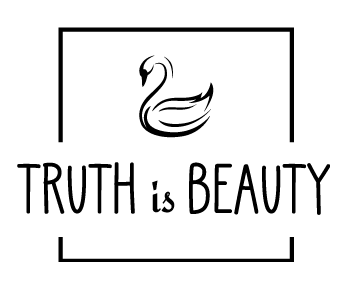
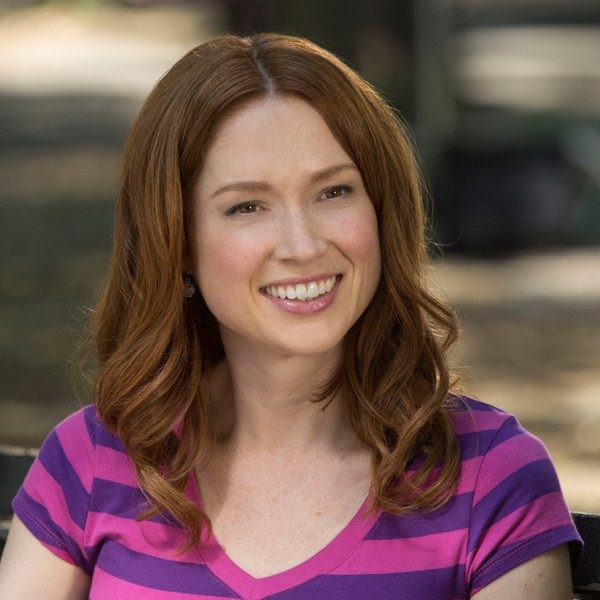
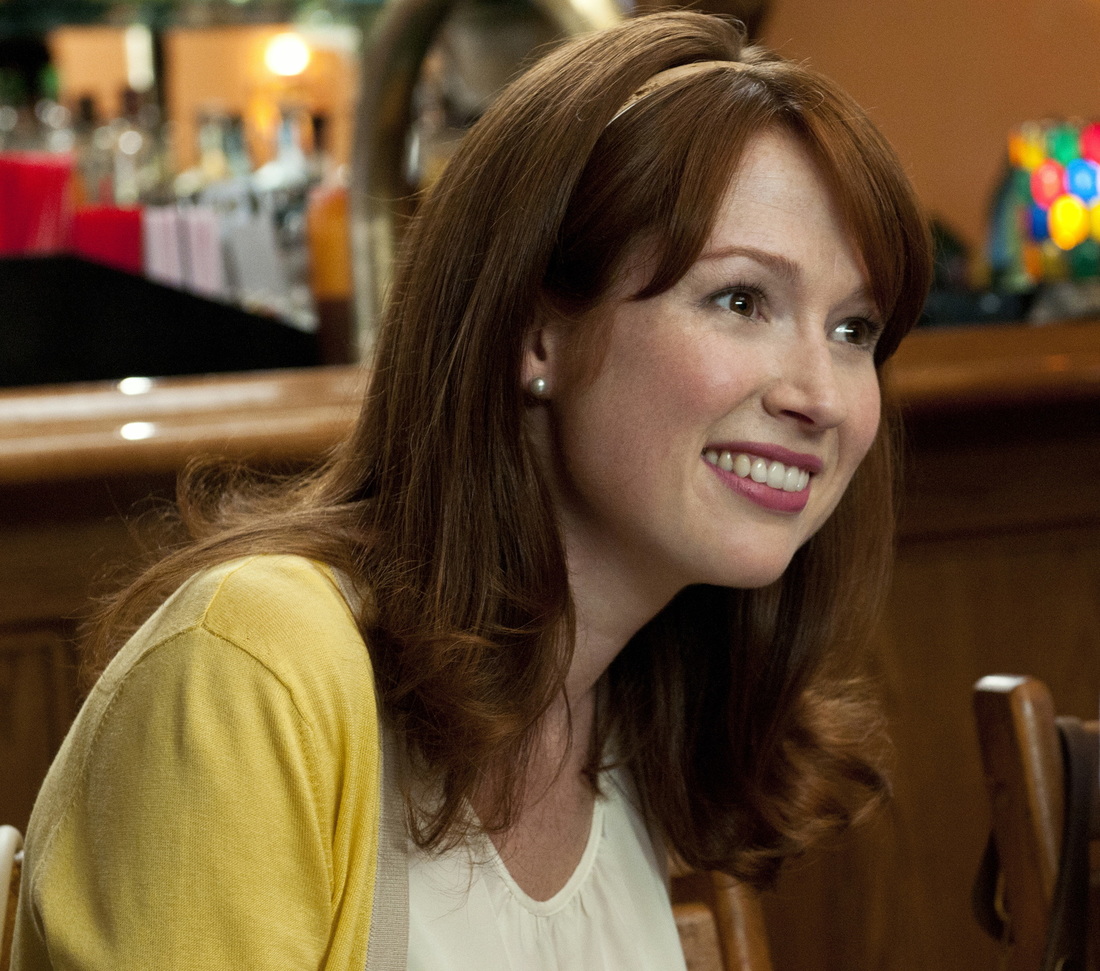
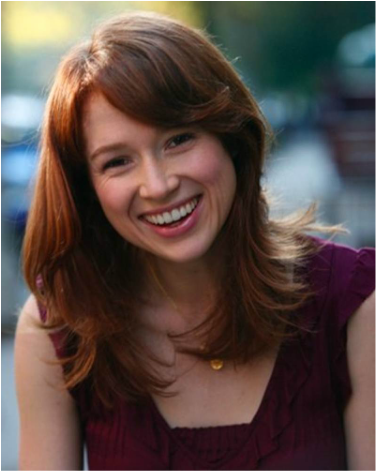
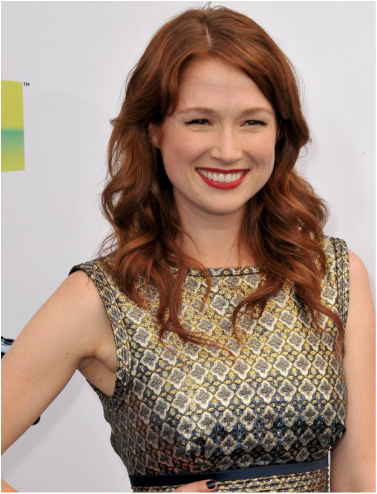
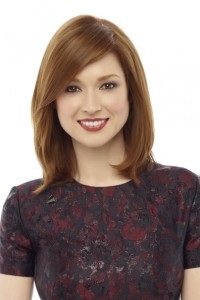
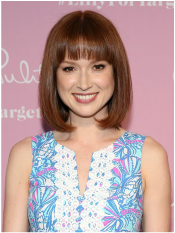
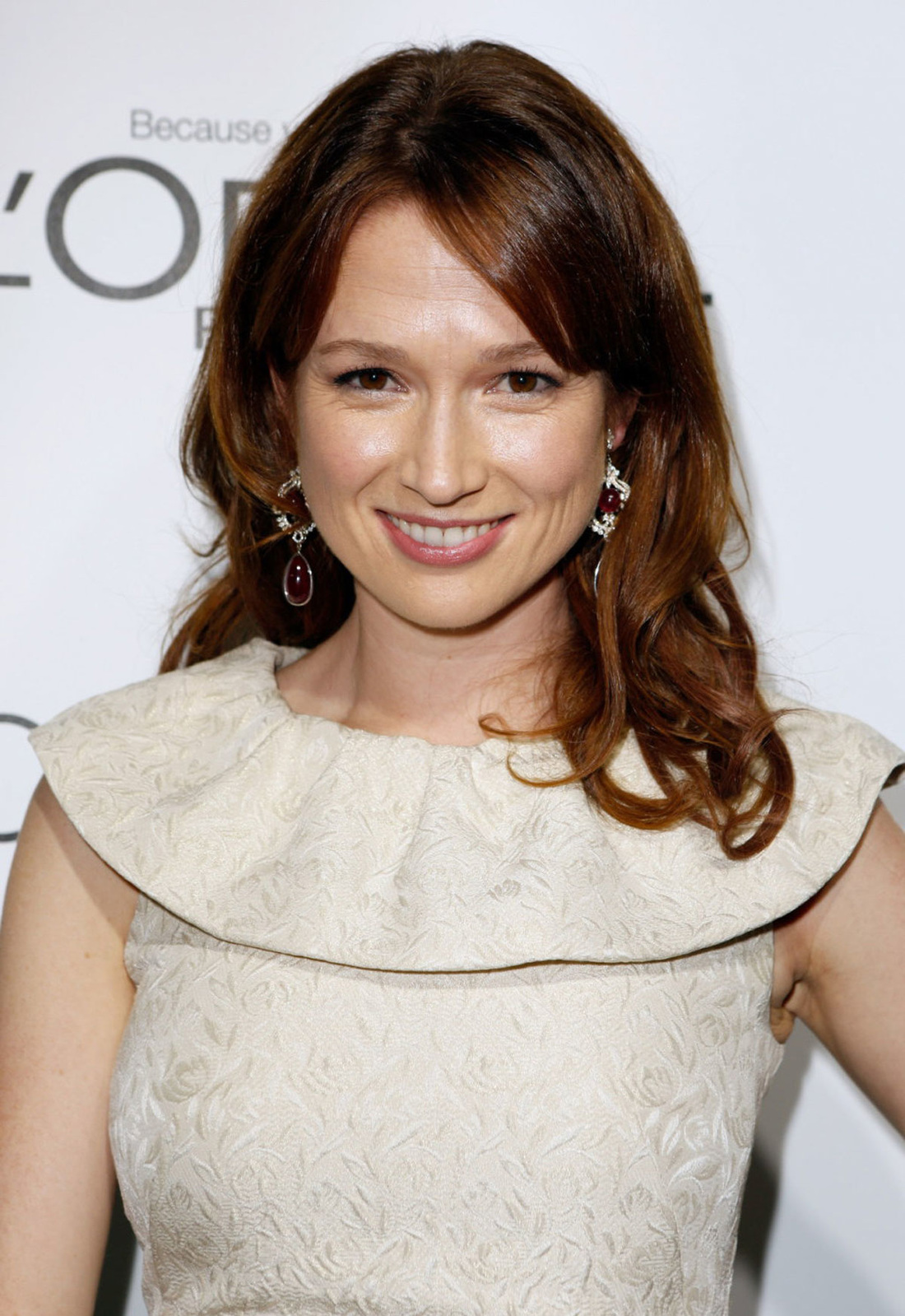
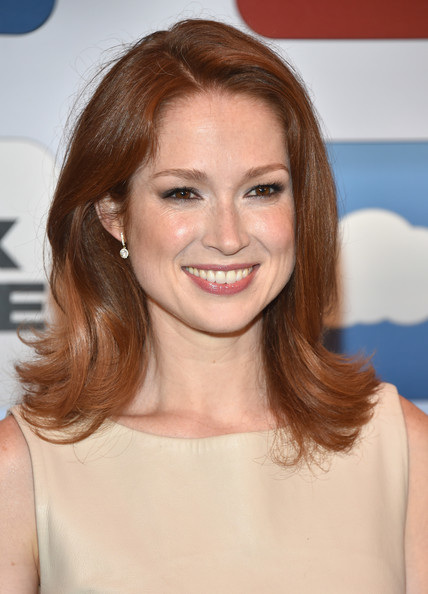
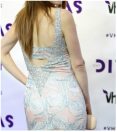
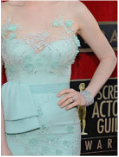
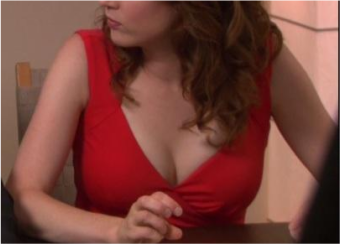

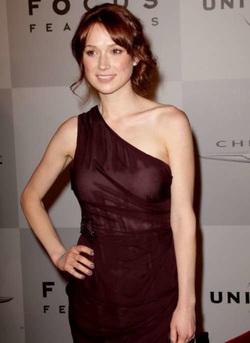
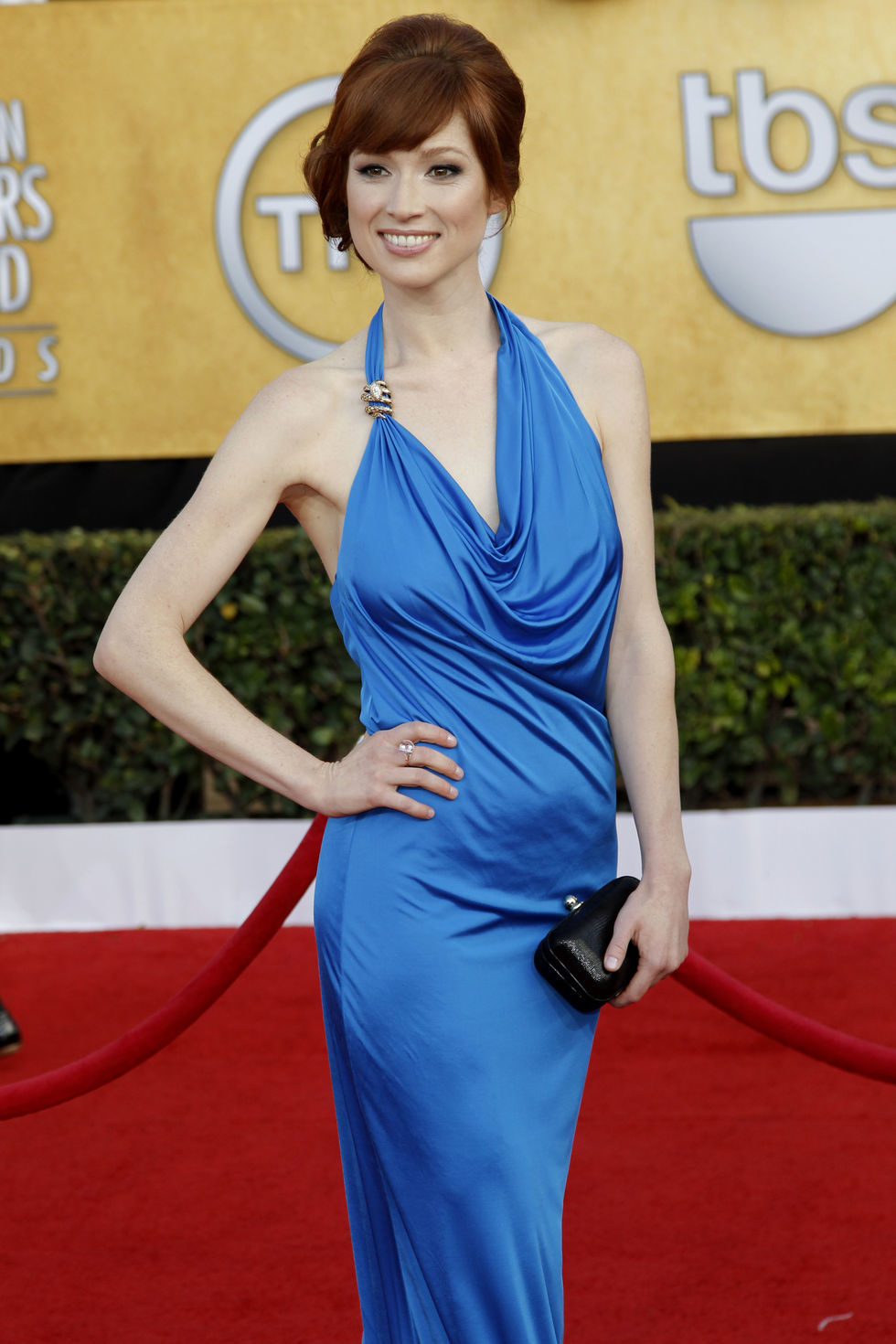
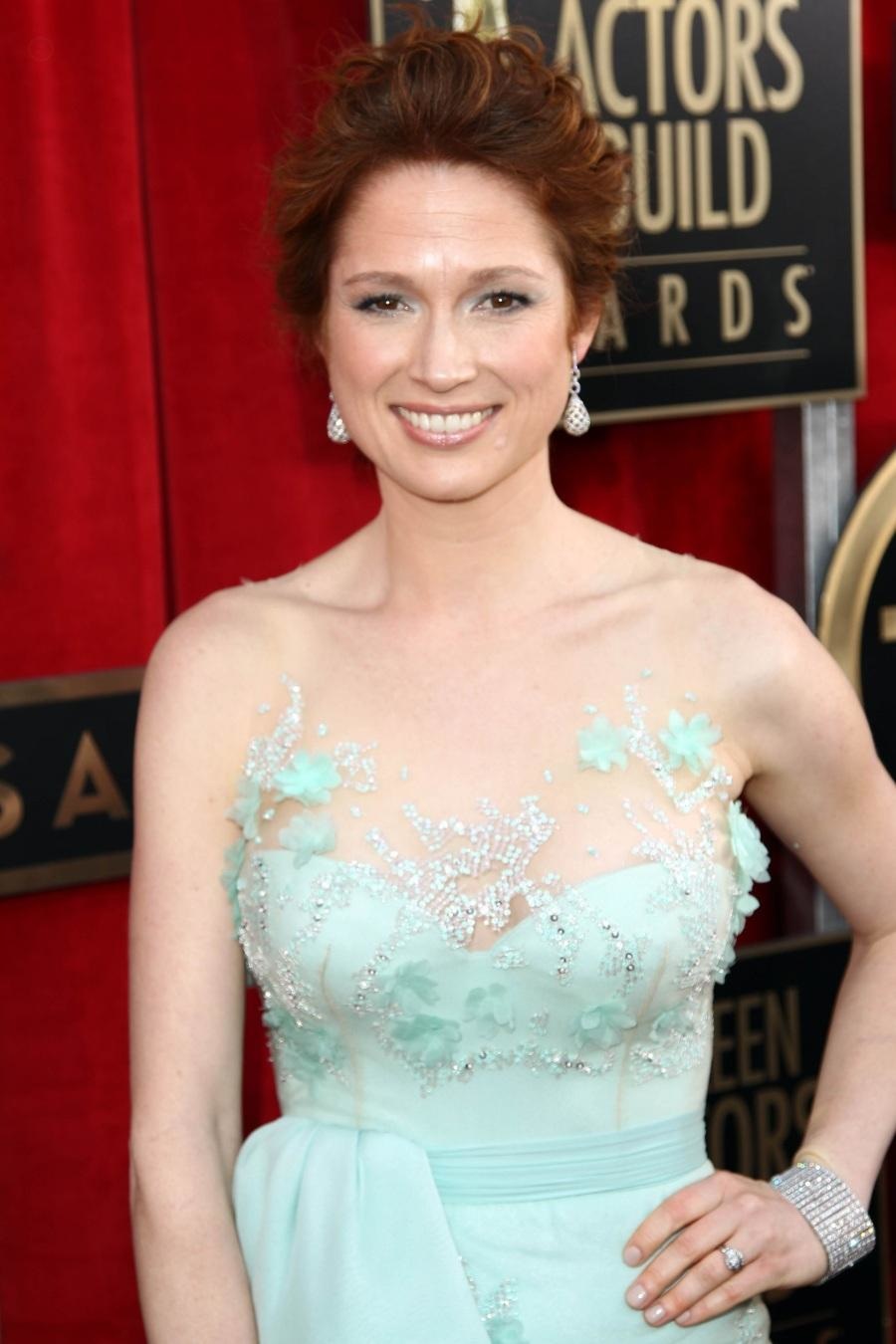
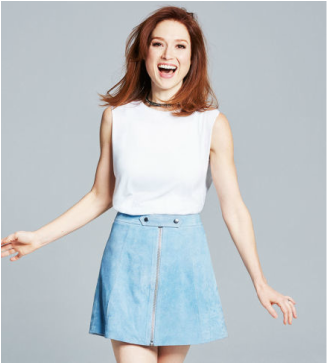
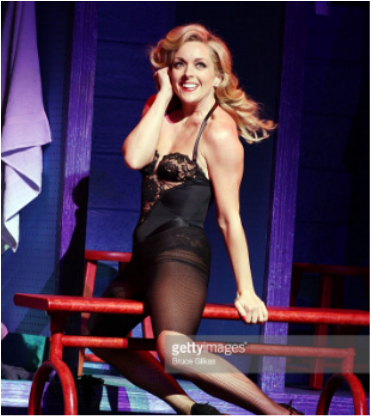
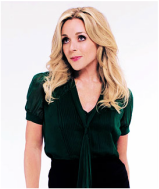
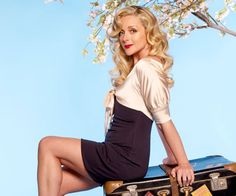
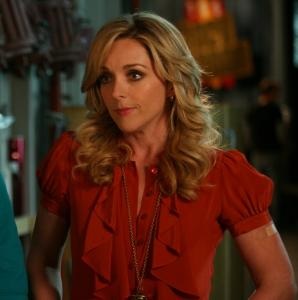
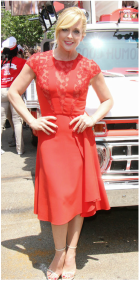
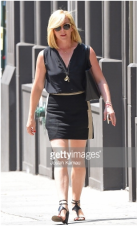

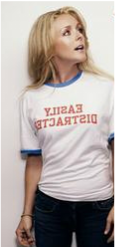
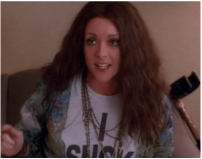
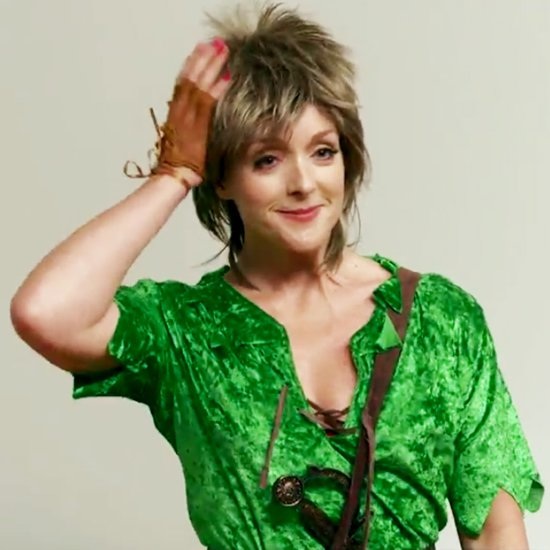

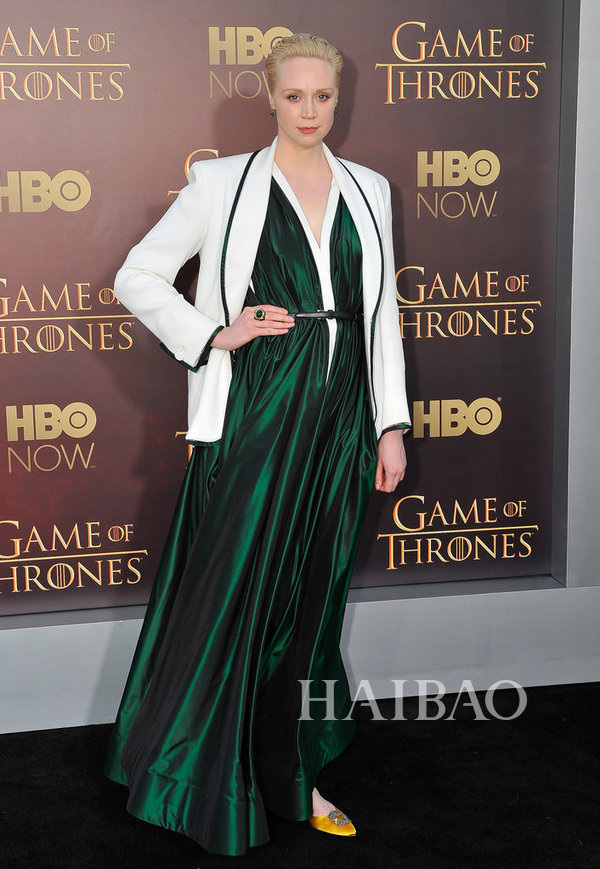
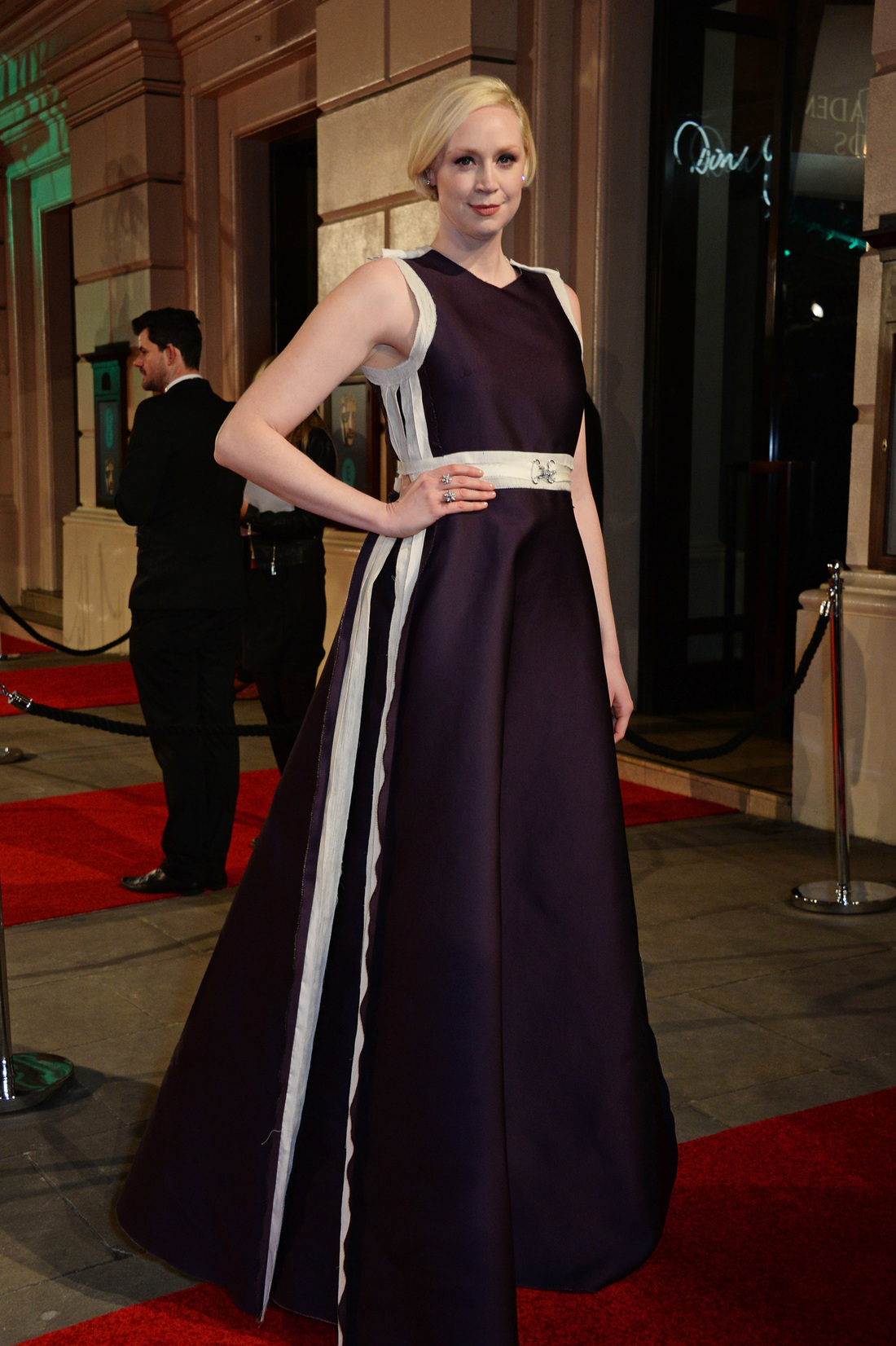
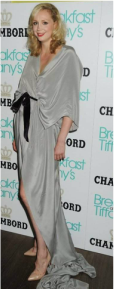
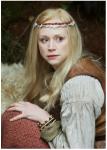
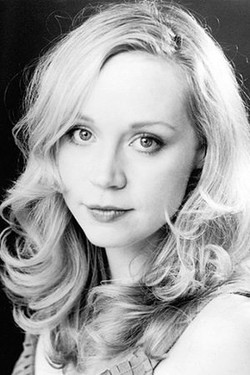
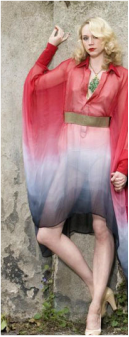
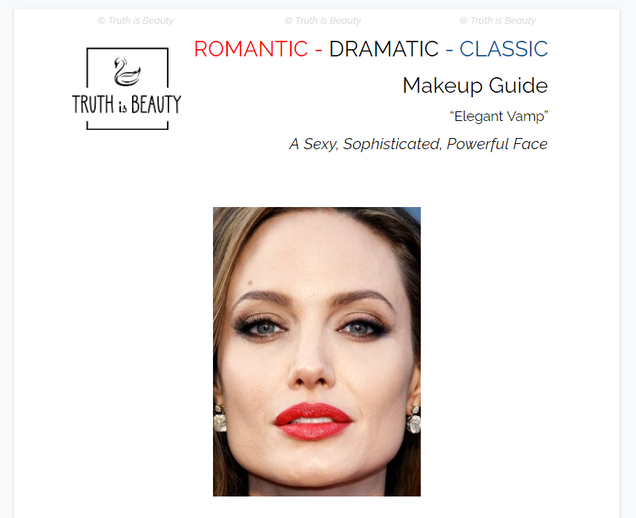
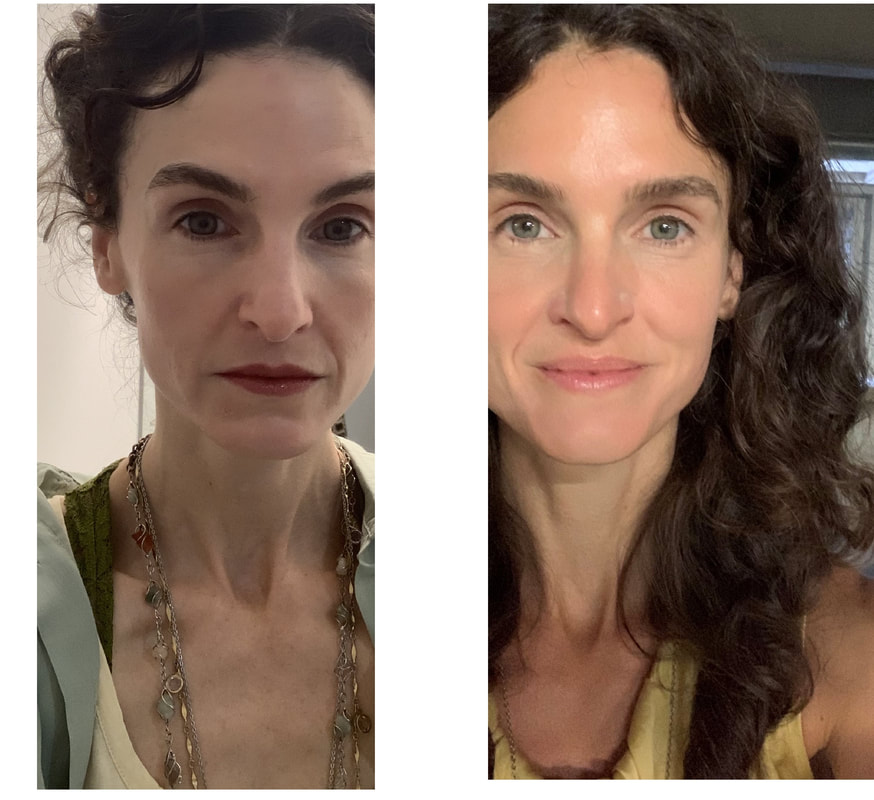
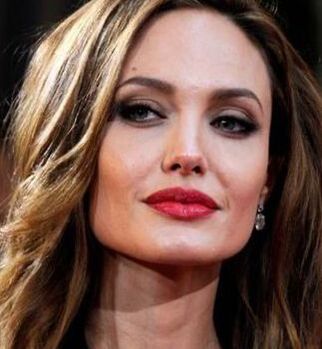
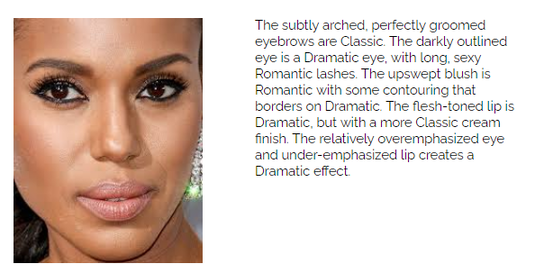
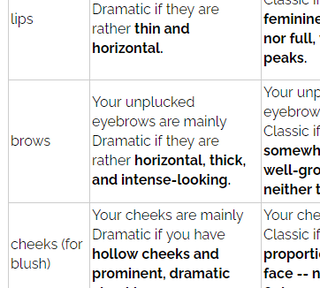

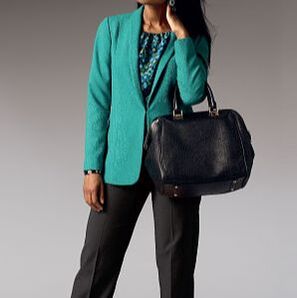
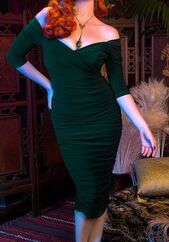
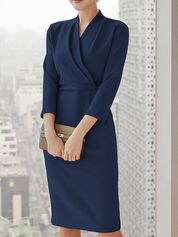
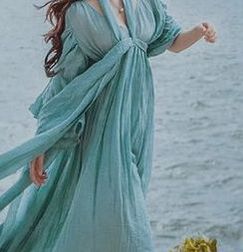
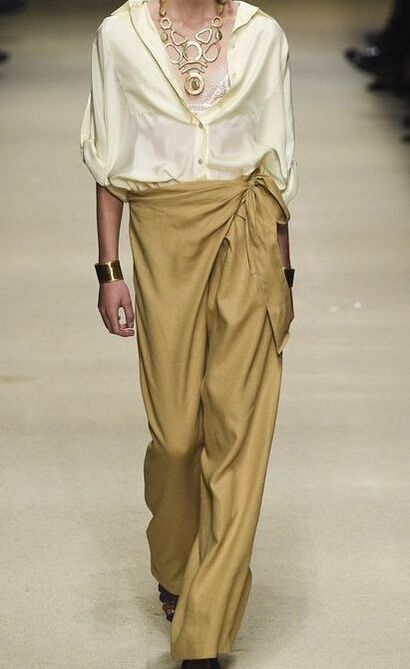
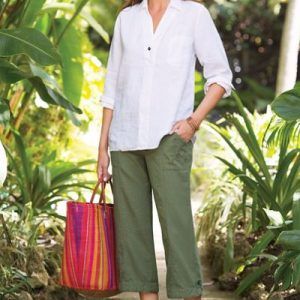
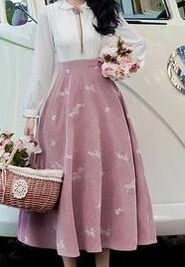
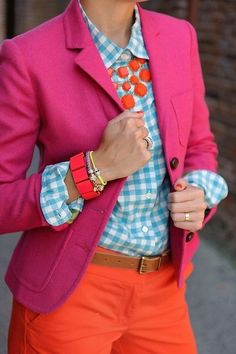
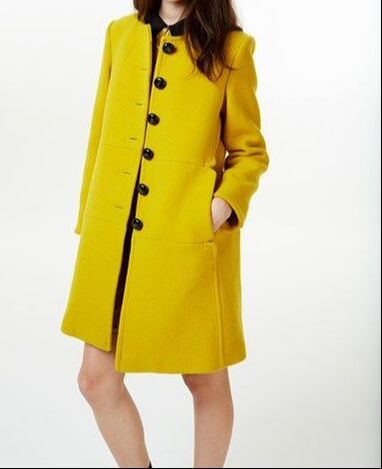
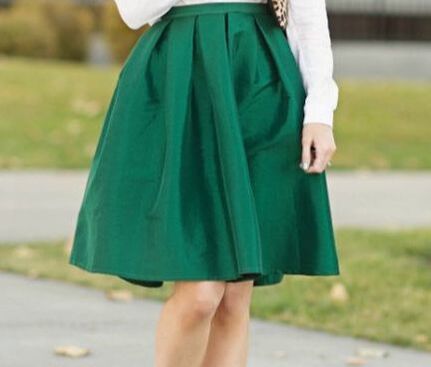
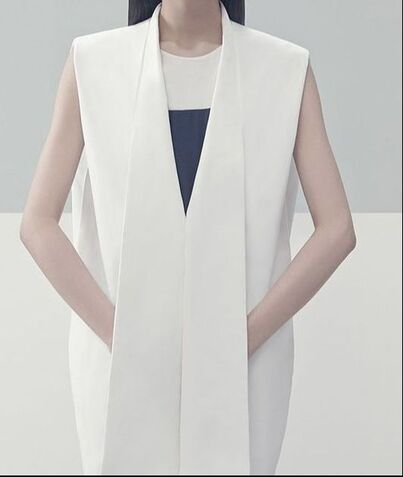
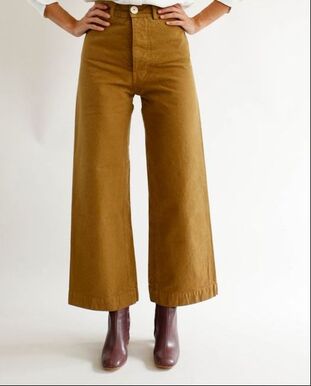
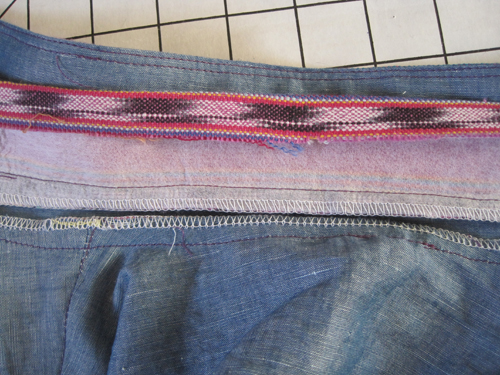
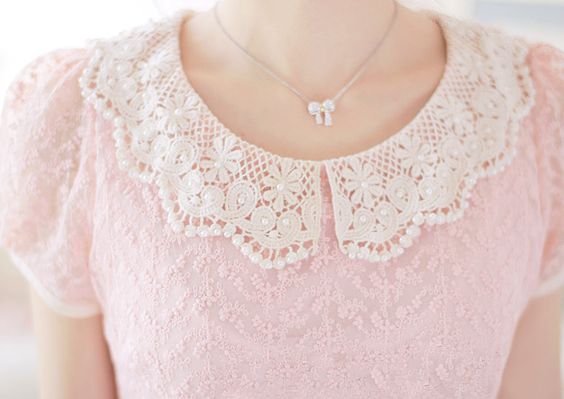
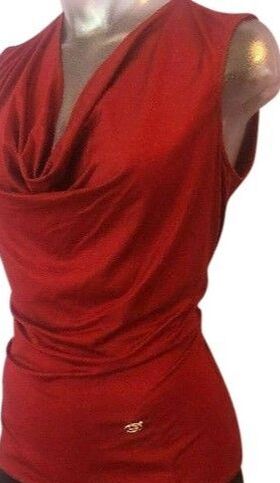
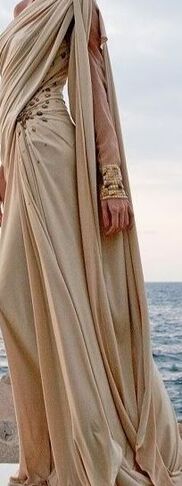
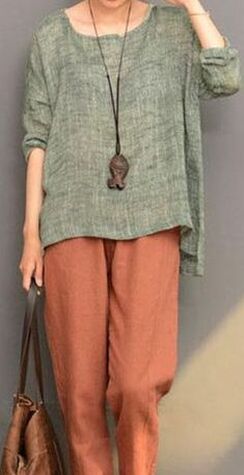
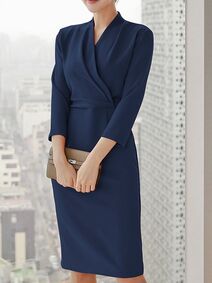
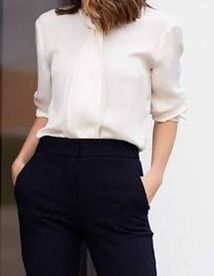
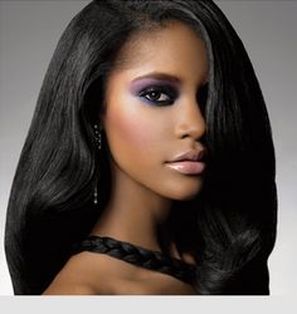
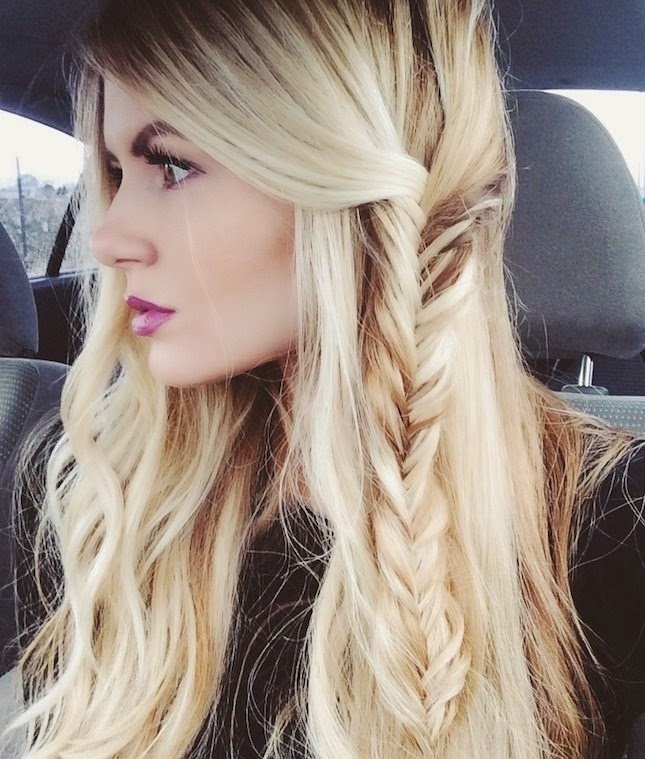
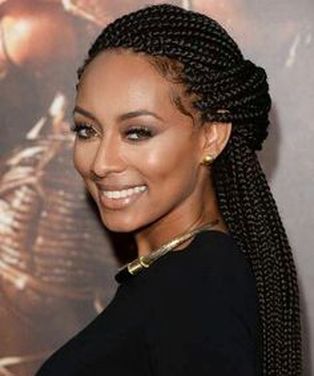
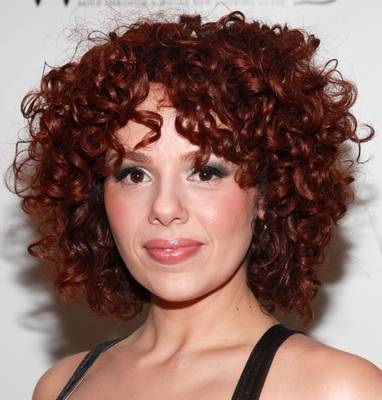
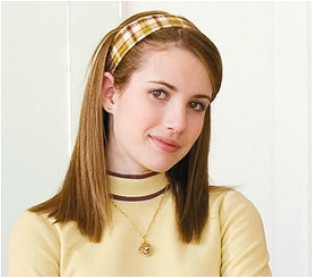
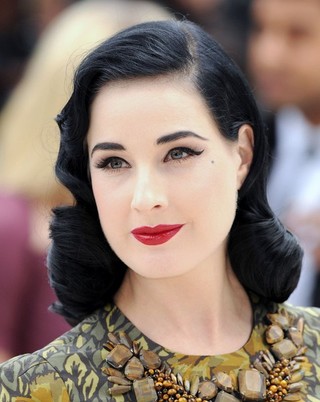
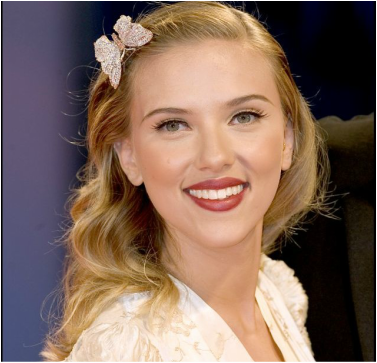
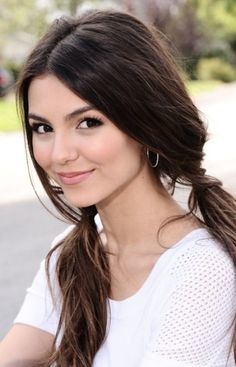
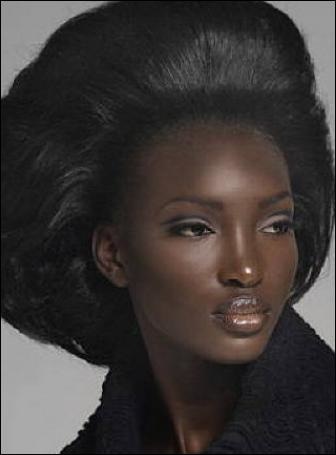
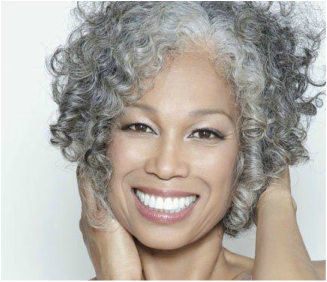
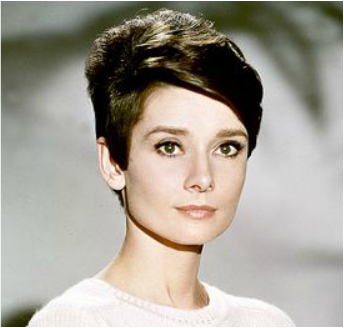
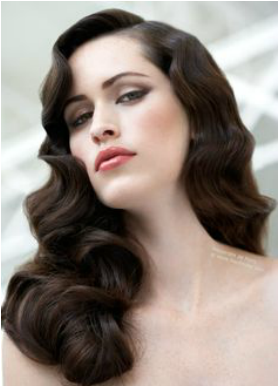
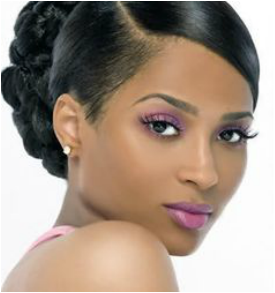
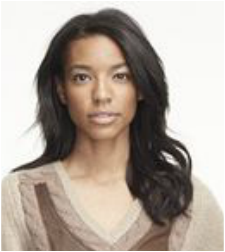
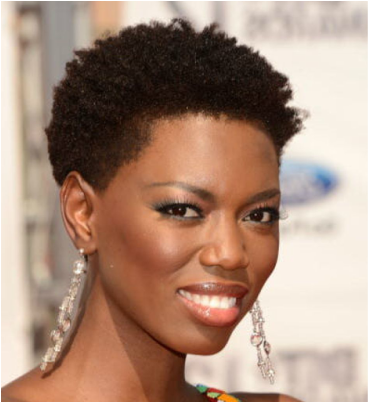
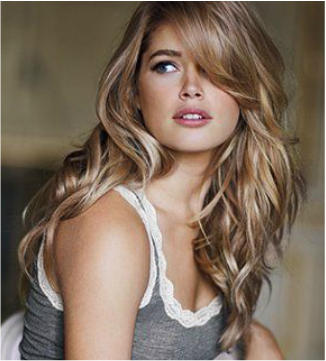
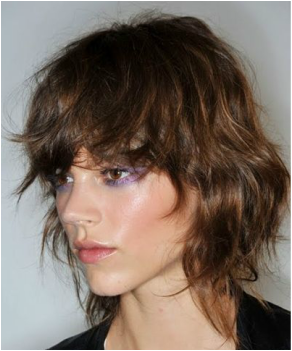
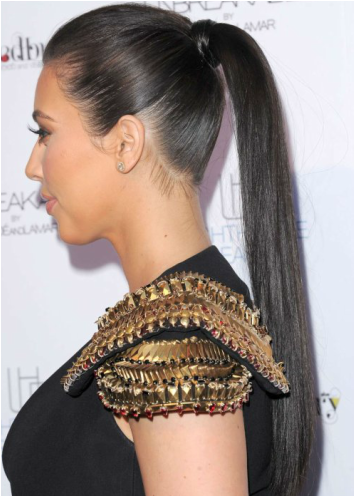
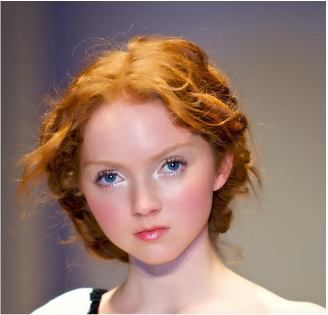
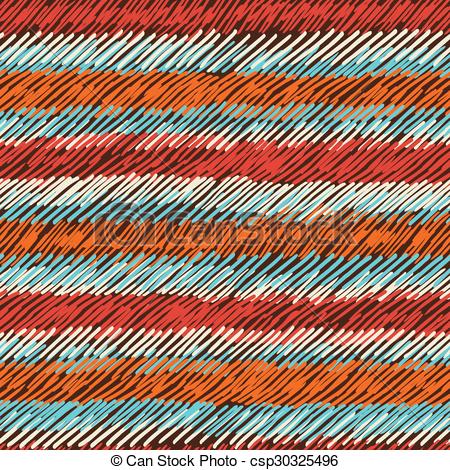
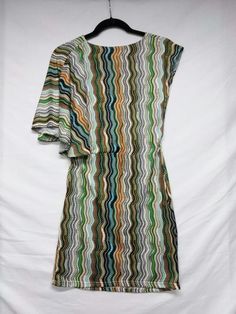
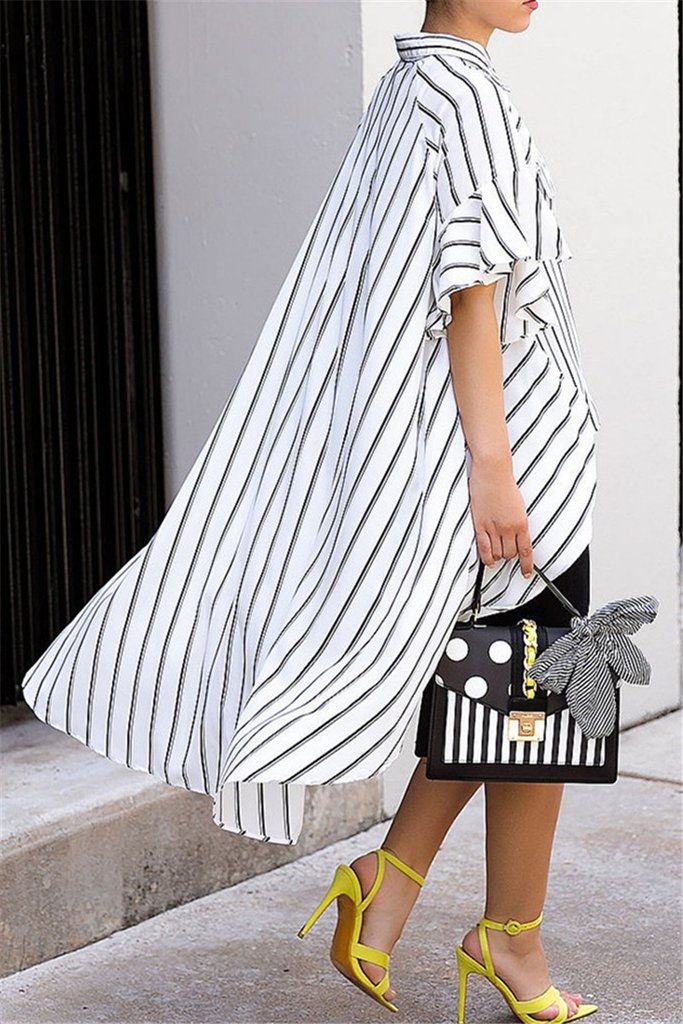
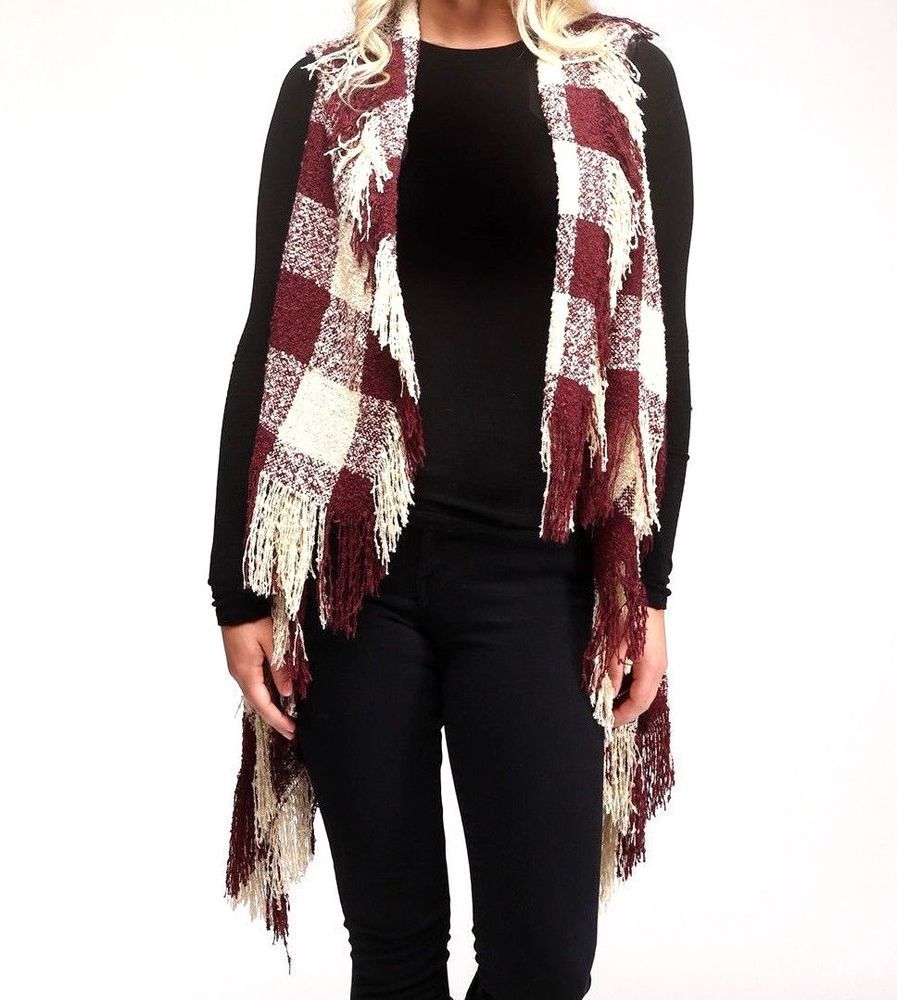
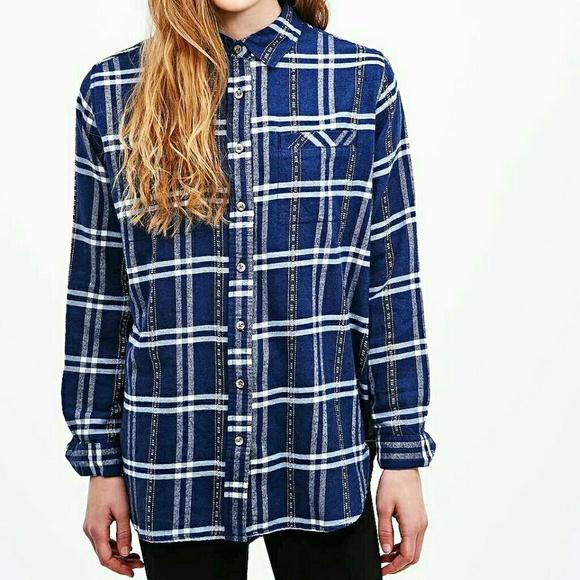
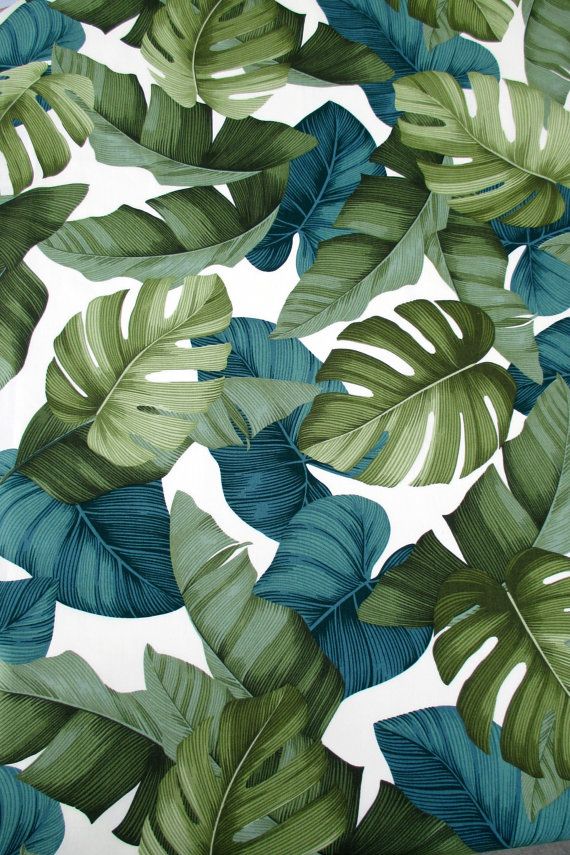
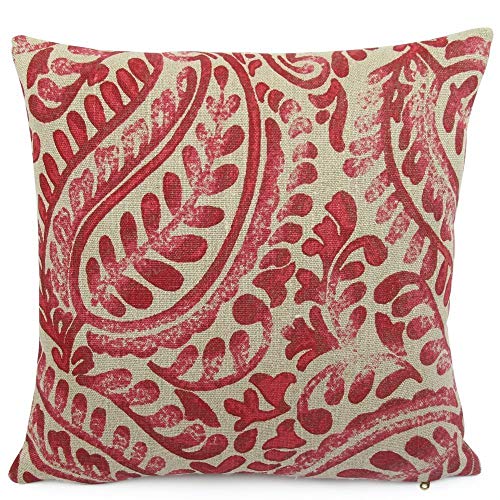
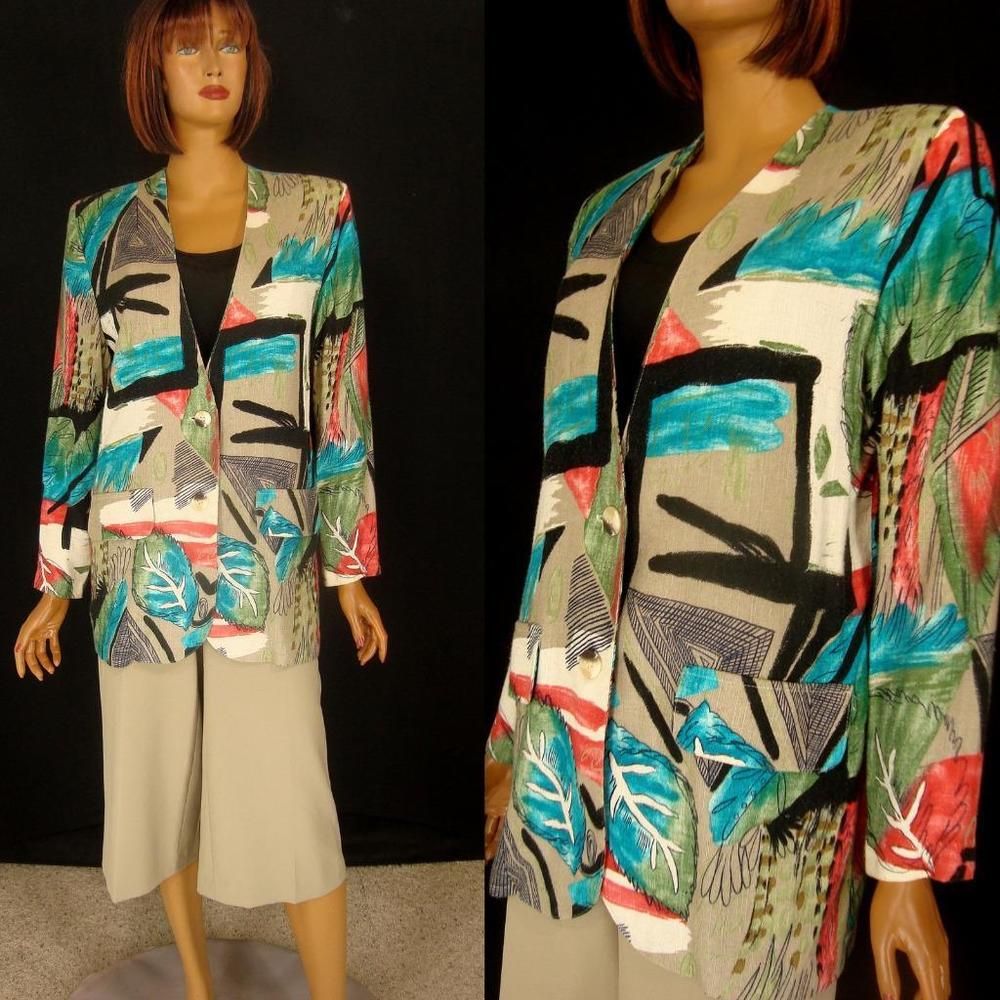
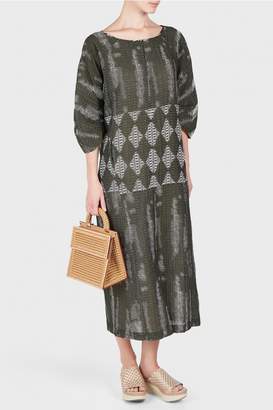
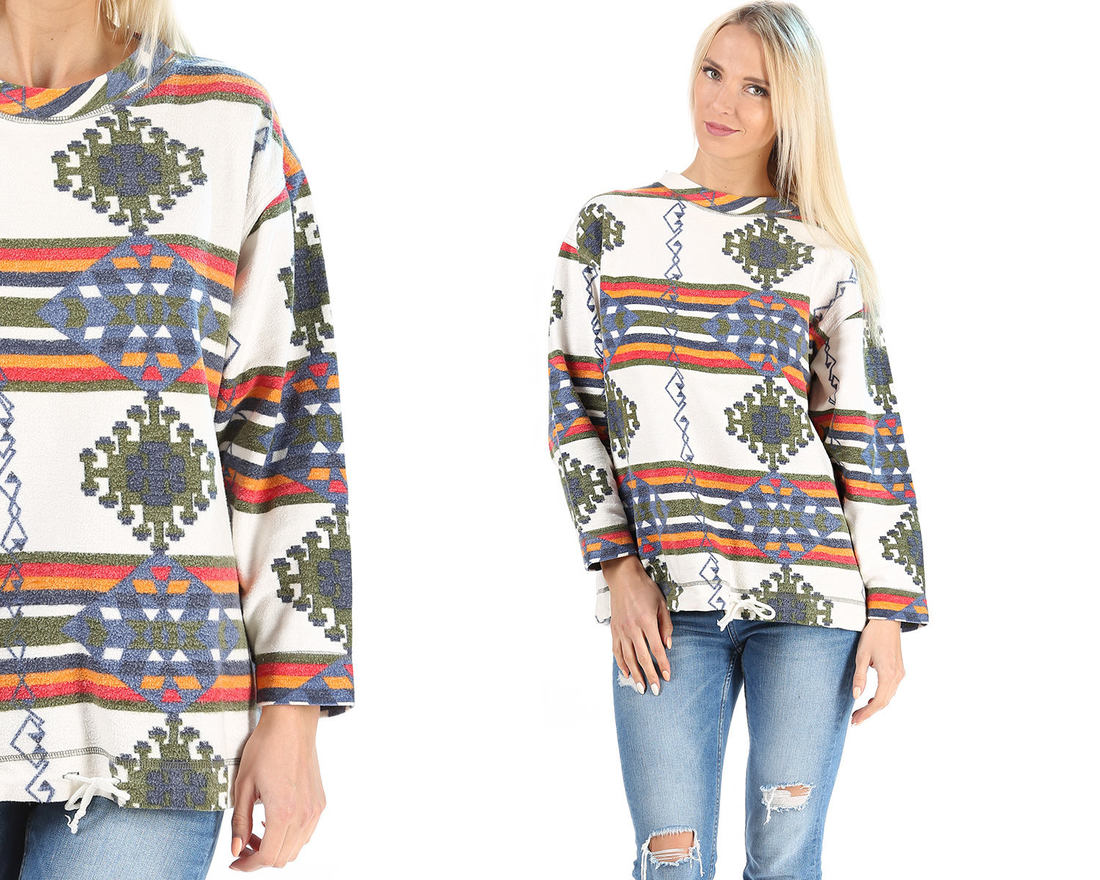
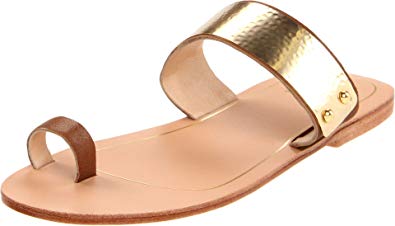
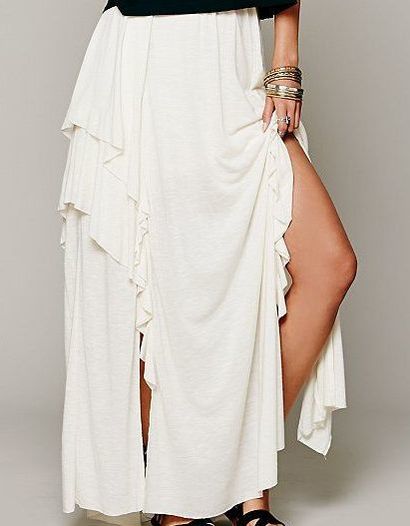
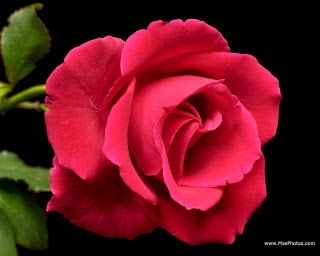
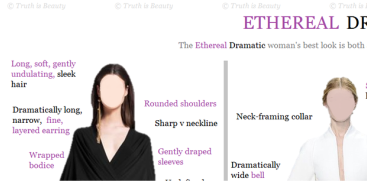
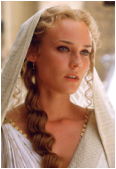
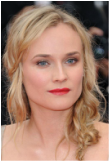
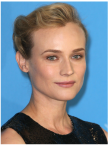
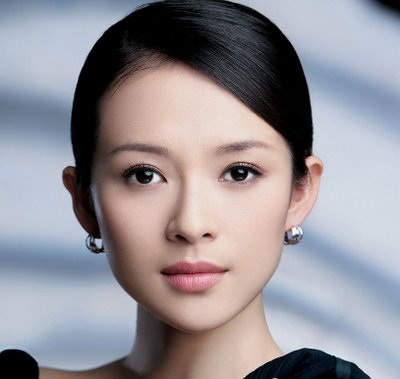

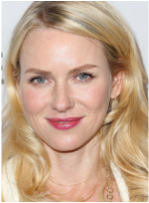
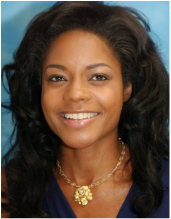
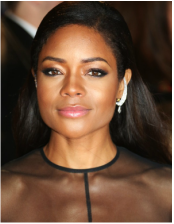
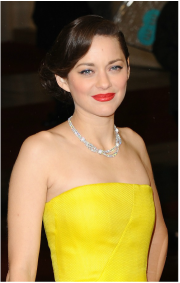
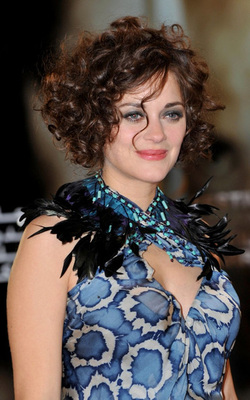
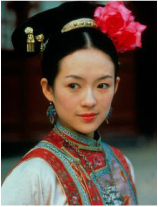
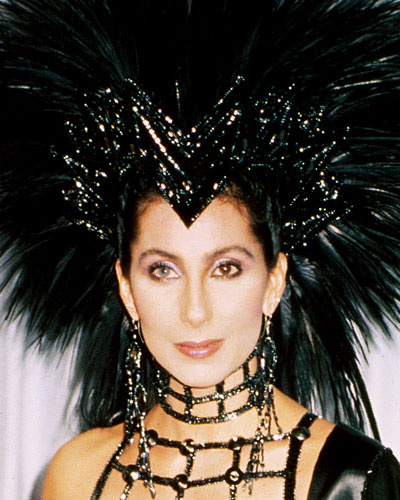
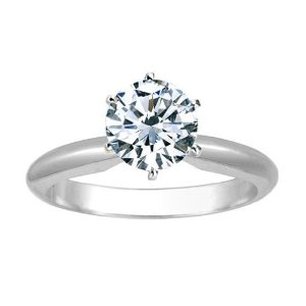

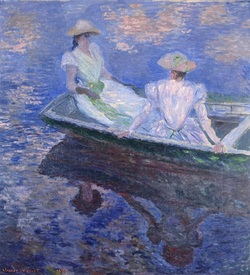
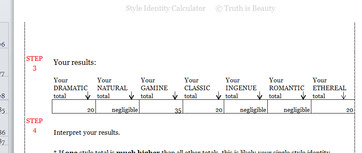

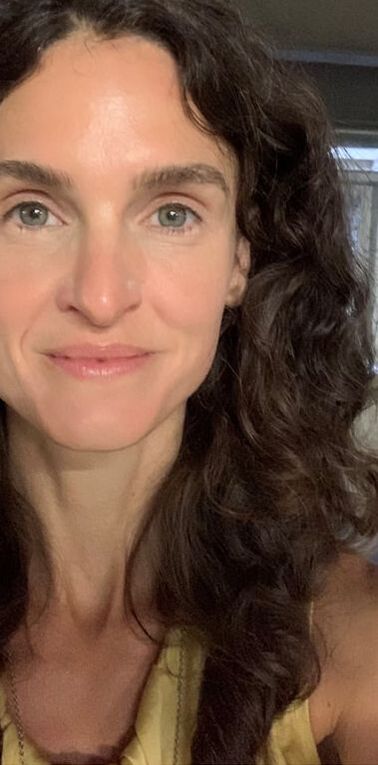

 RSS Feed
RSS Feed